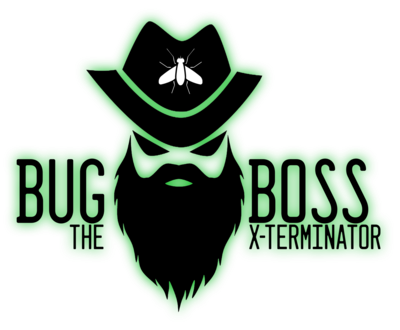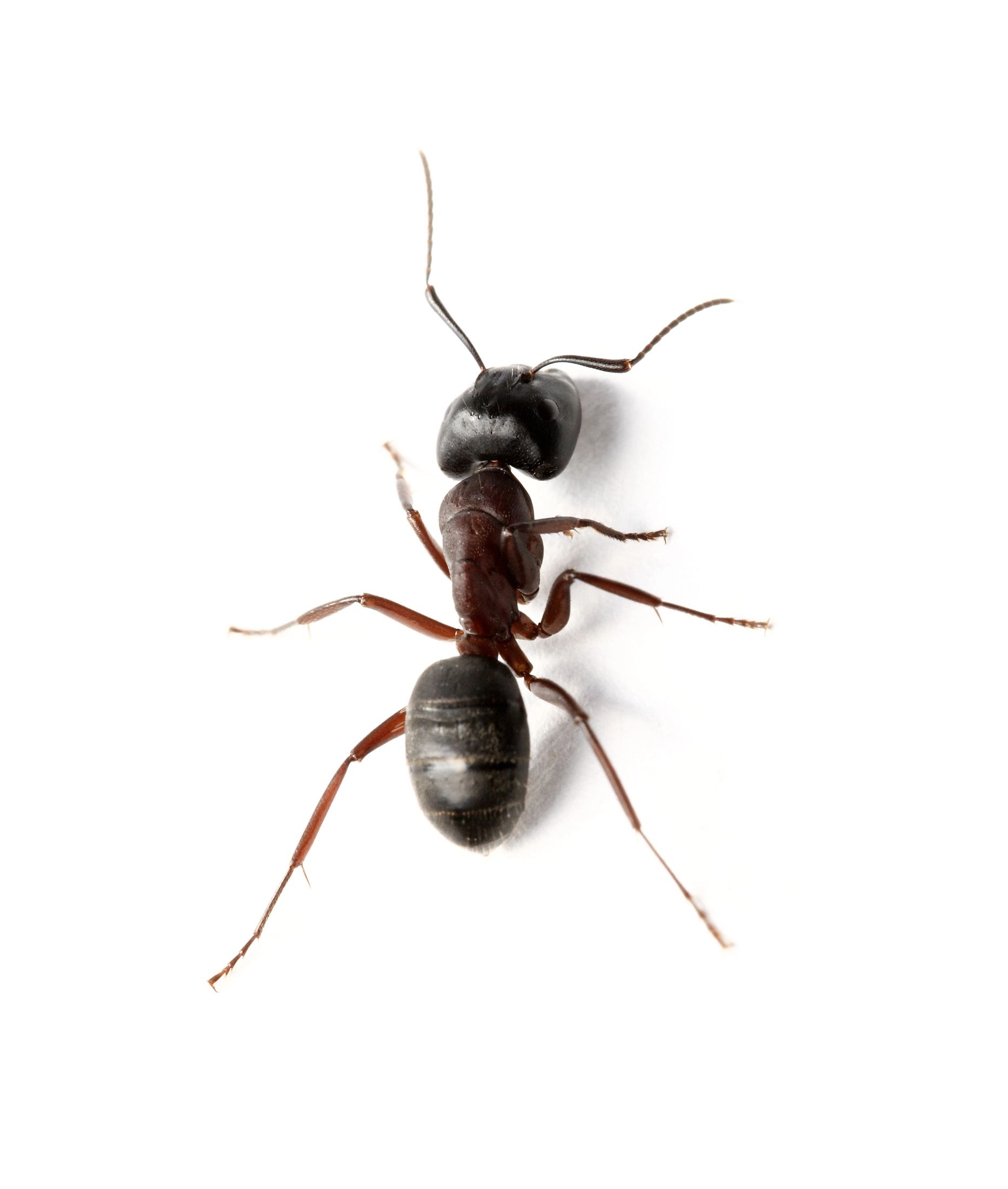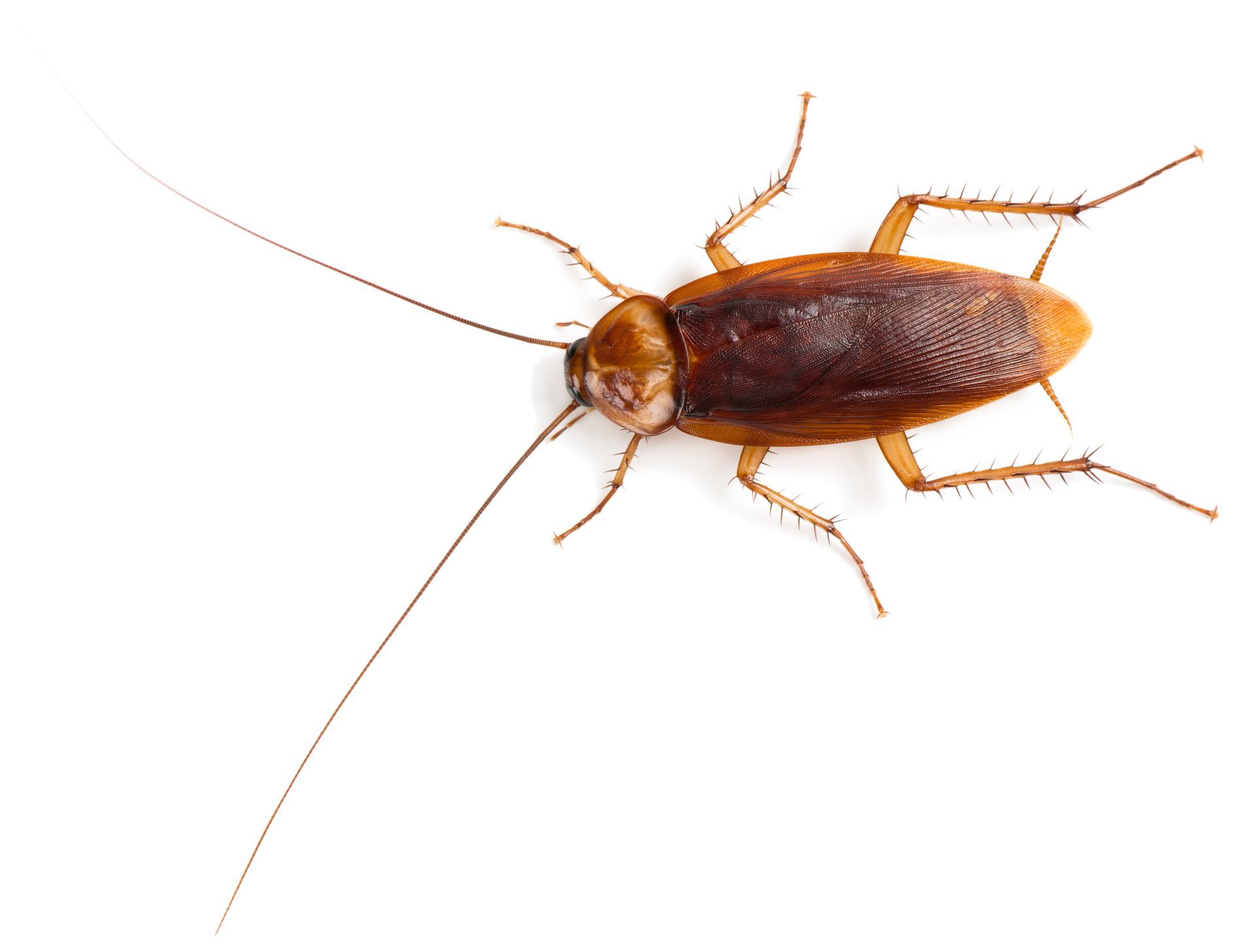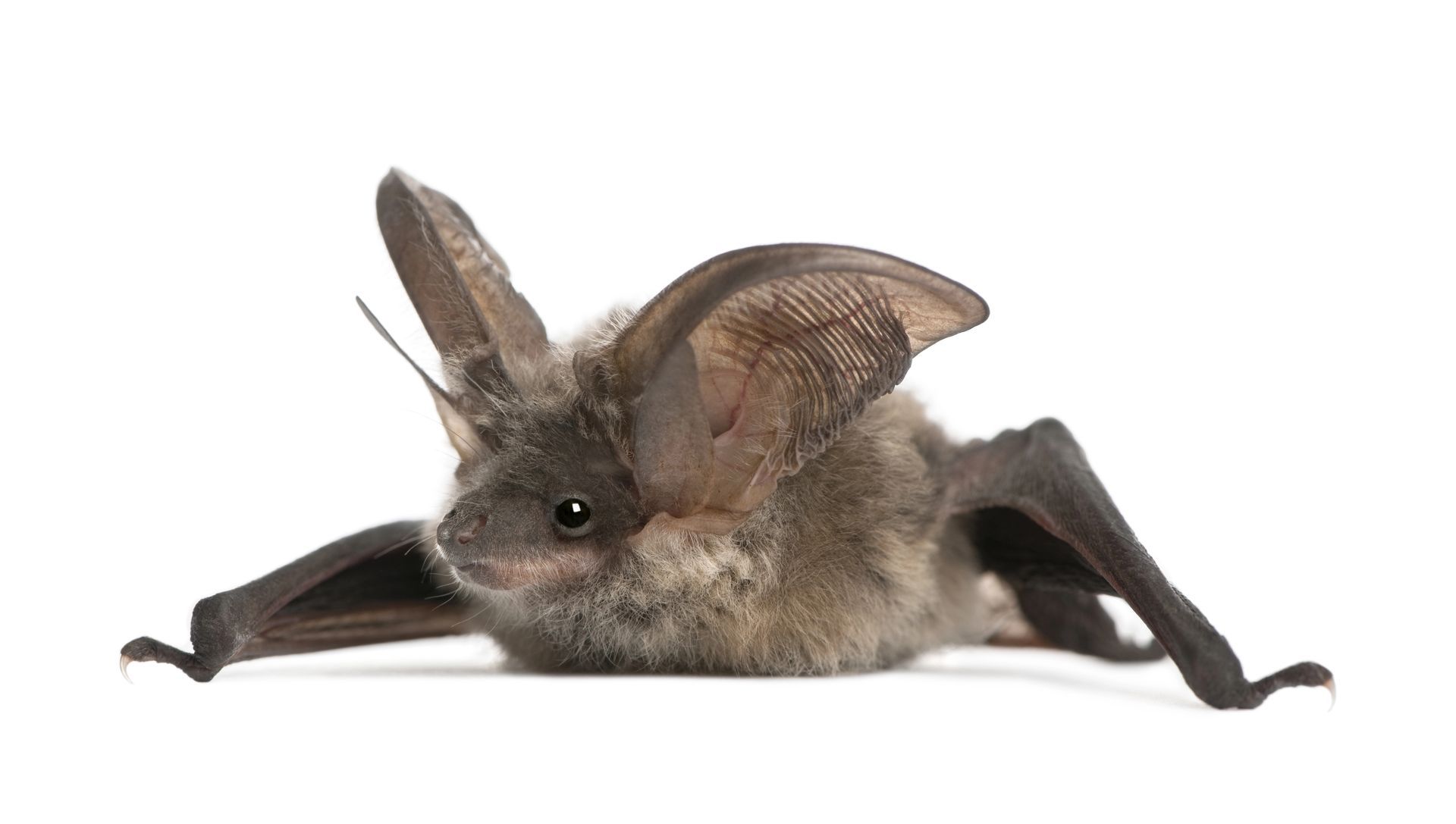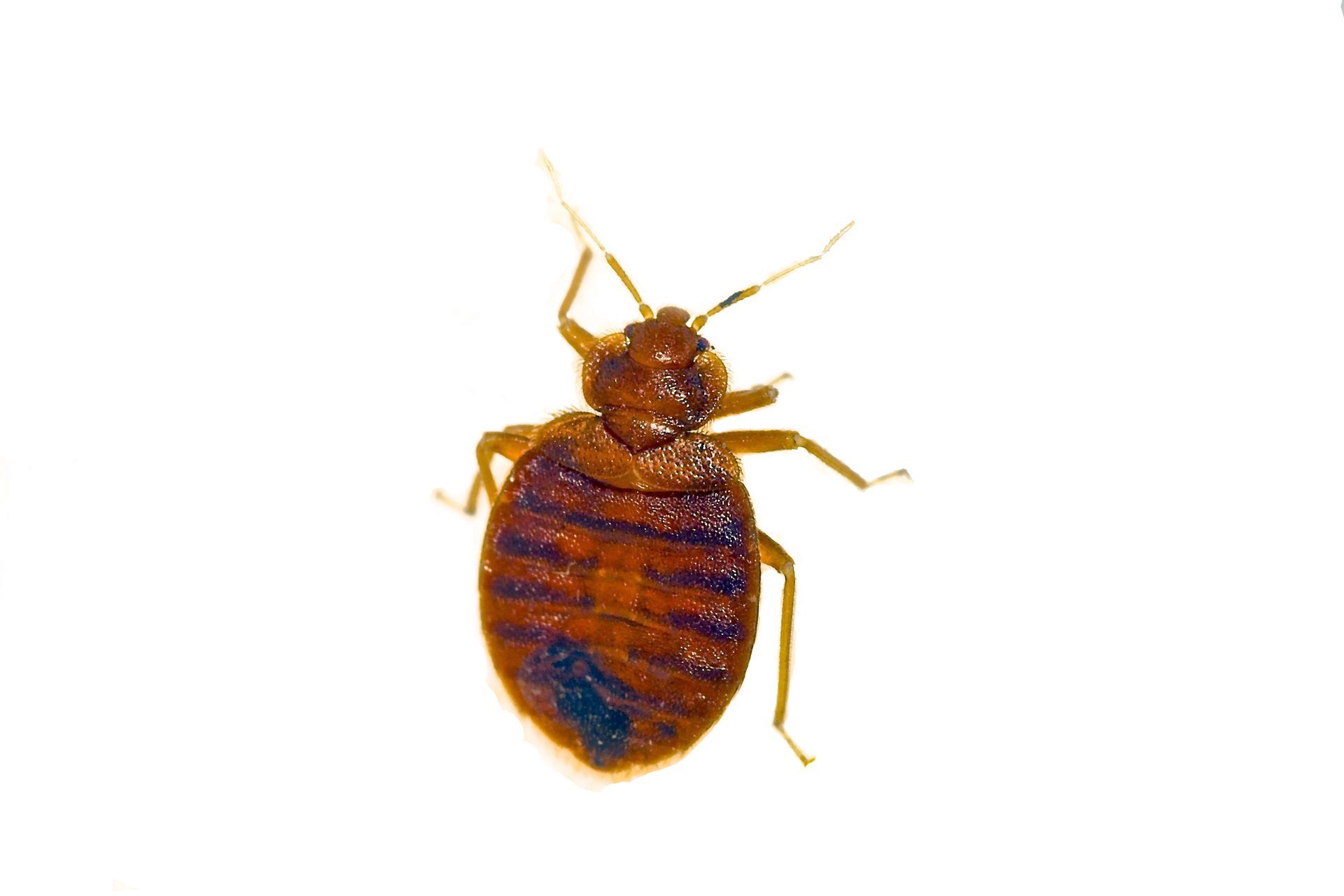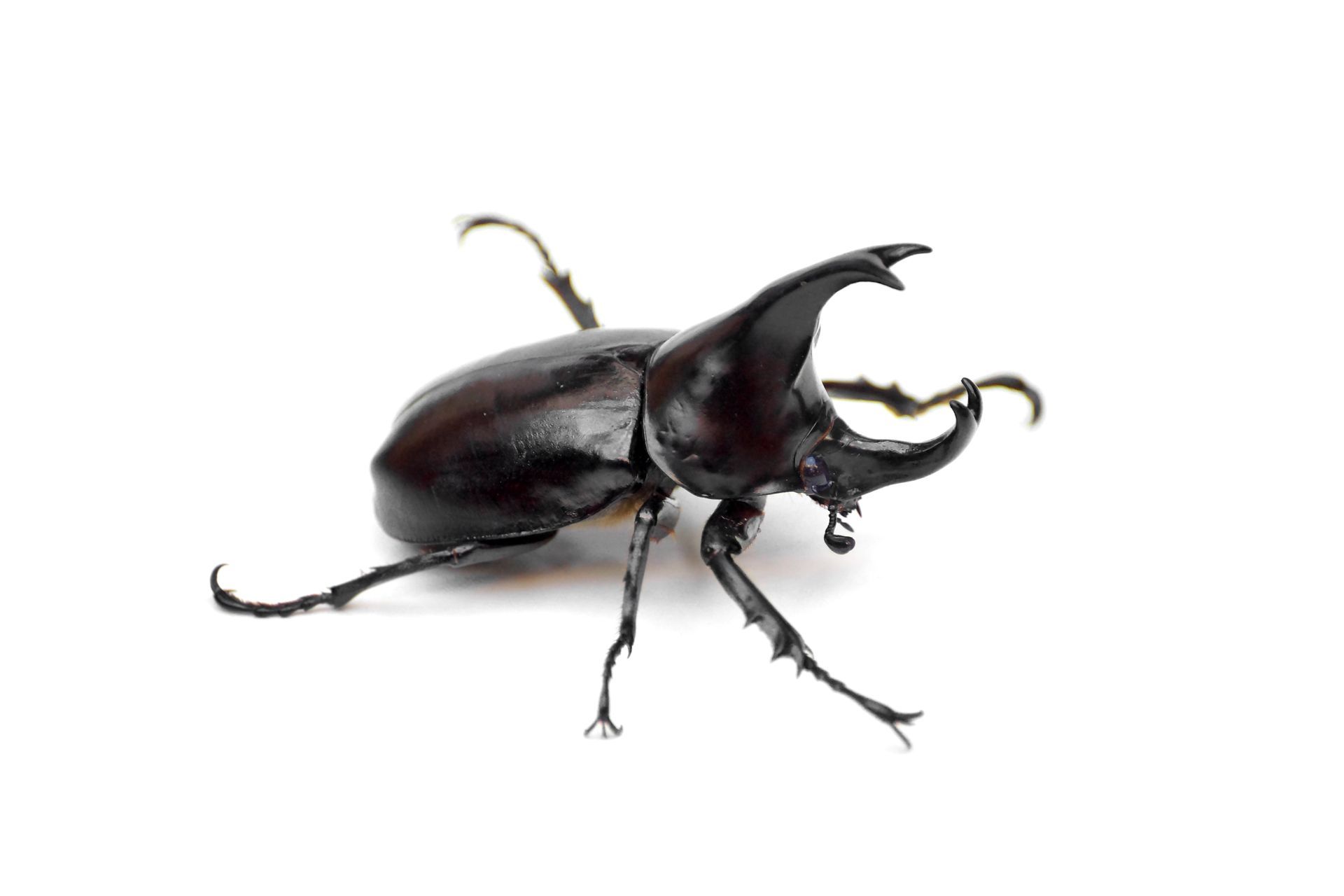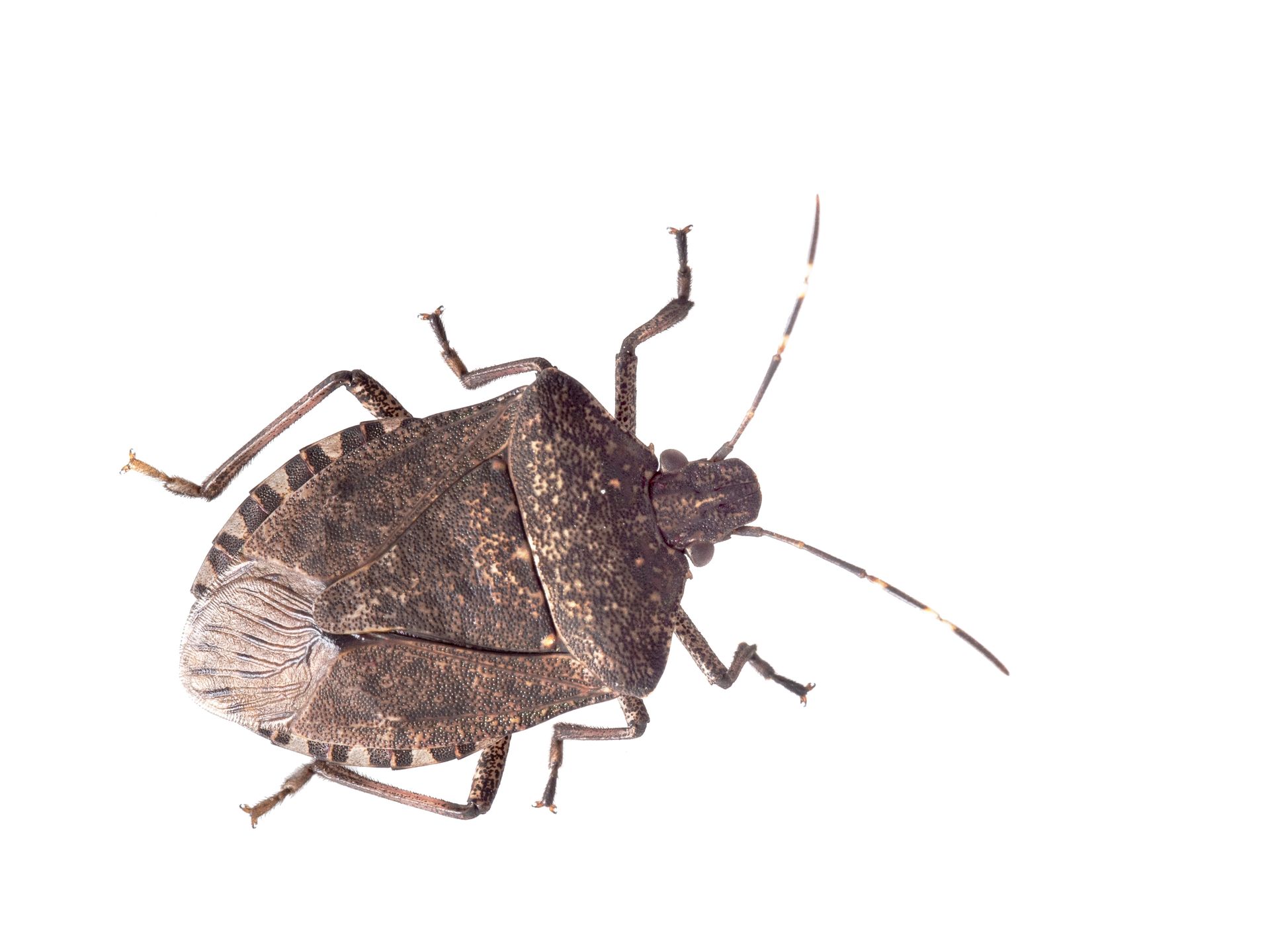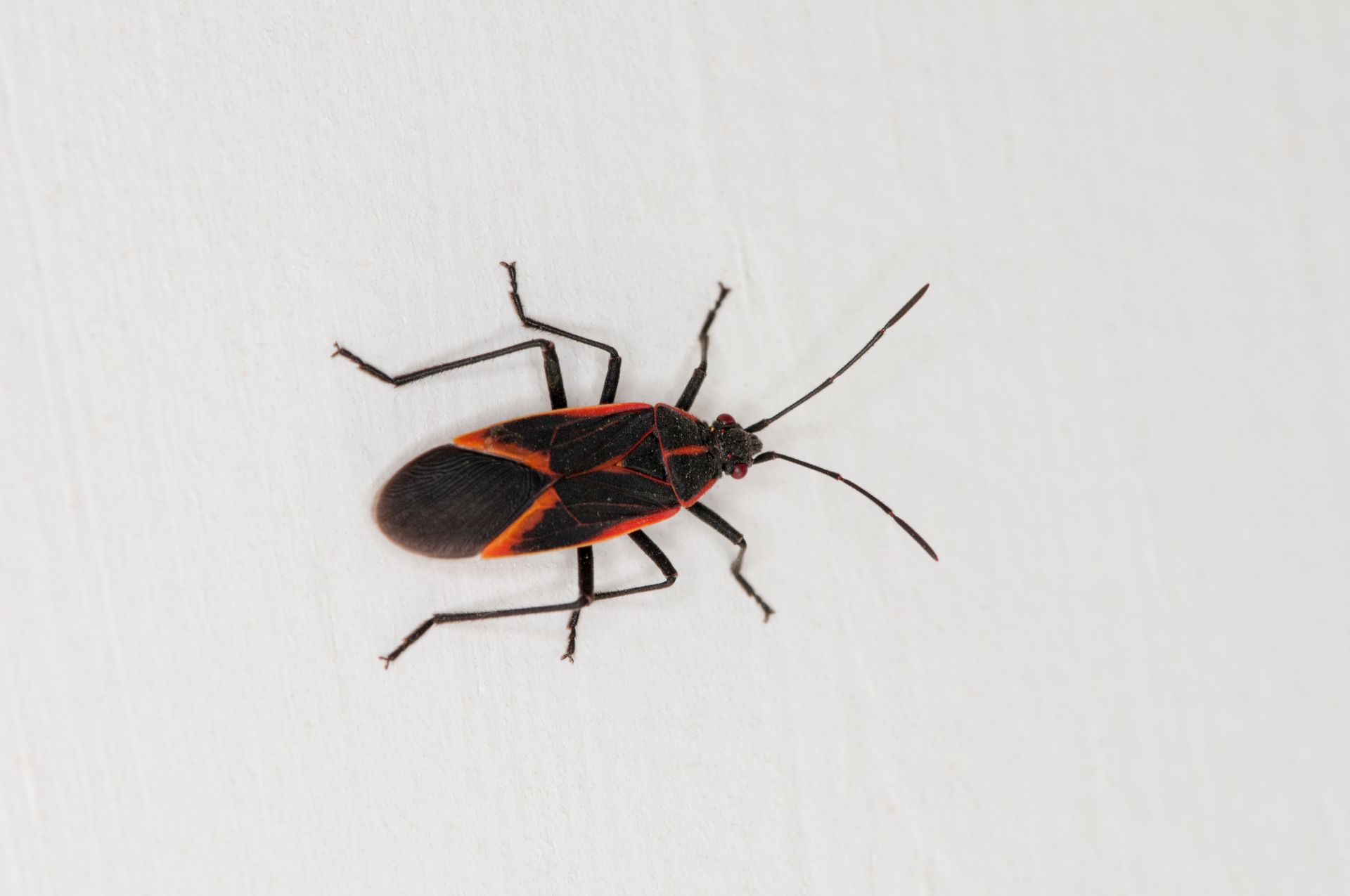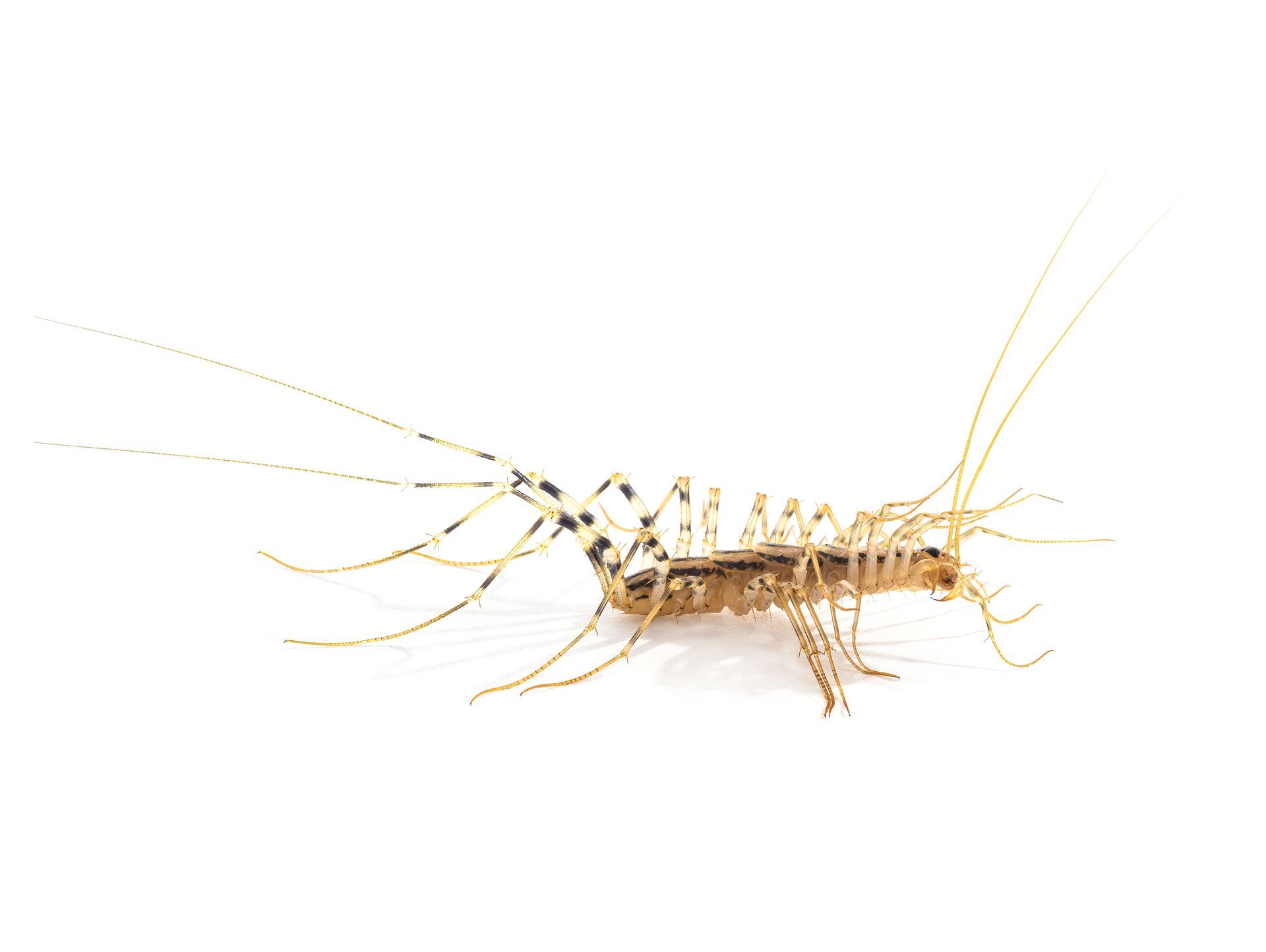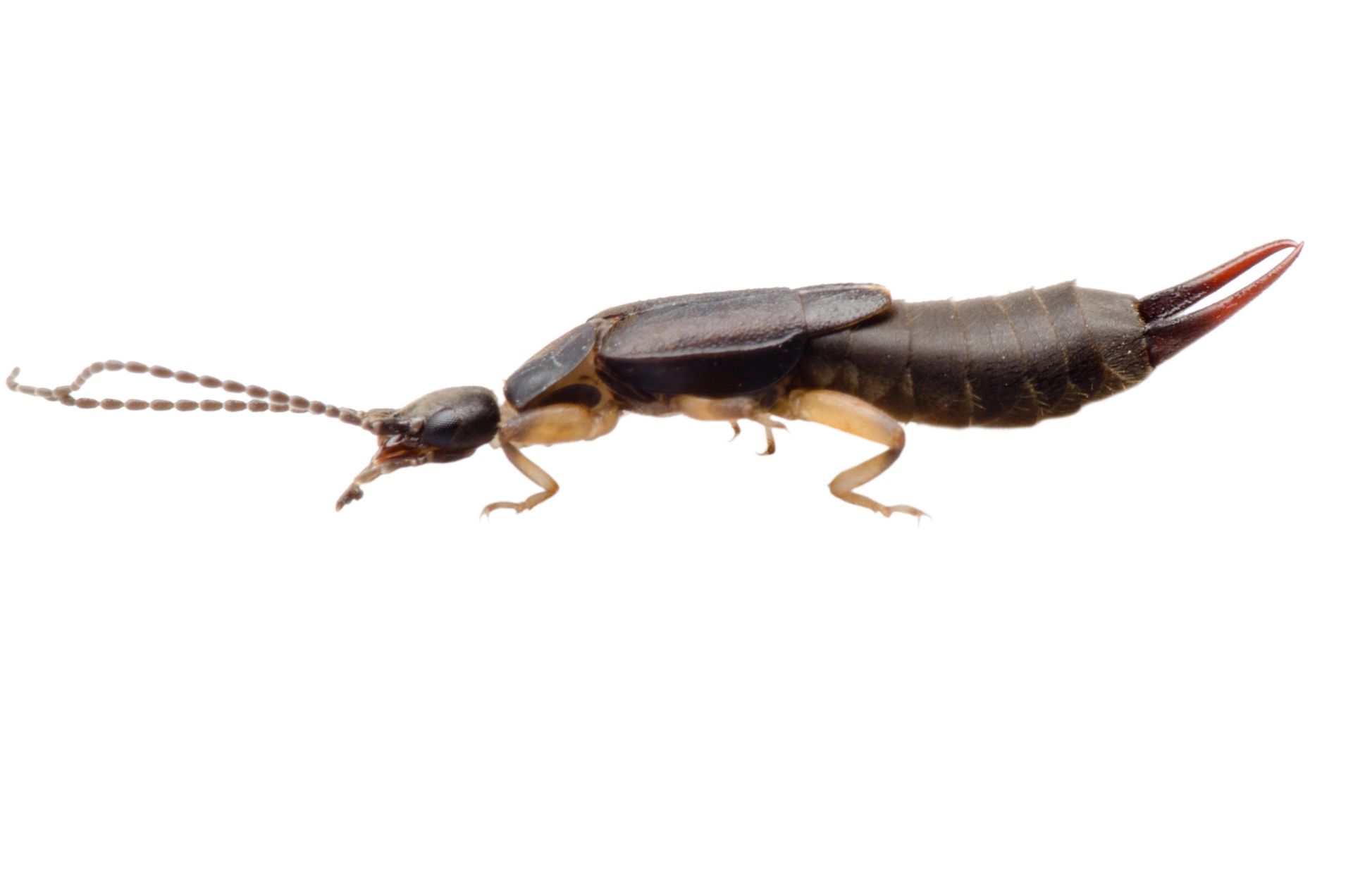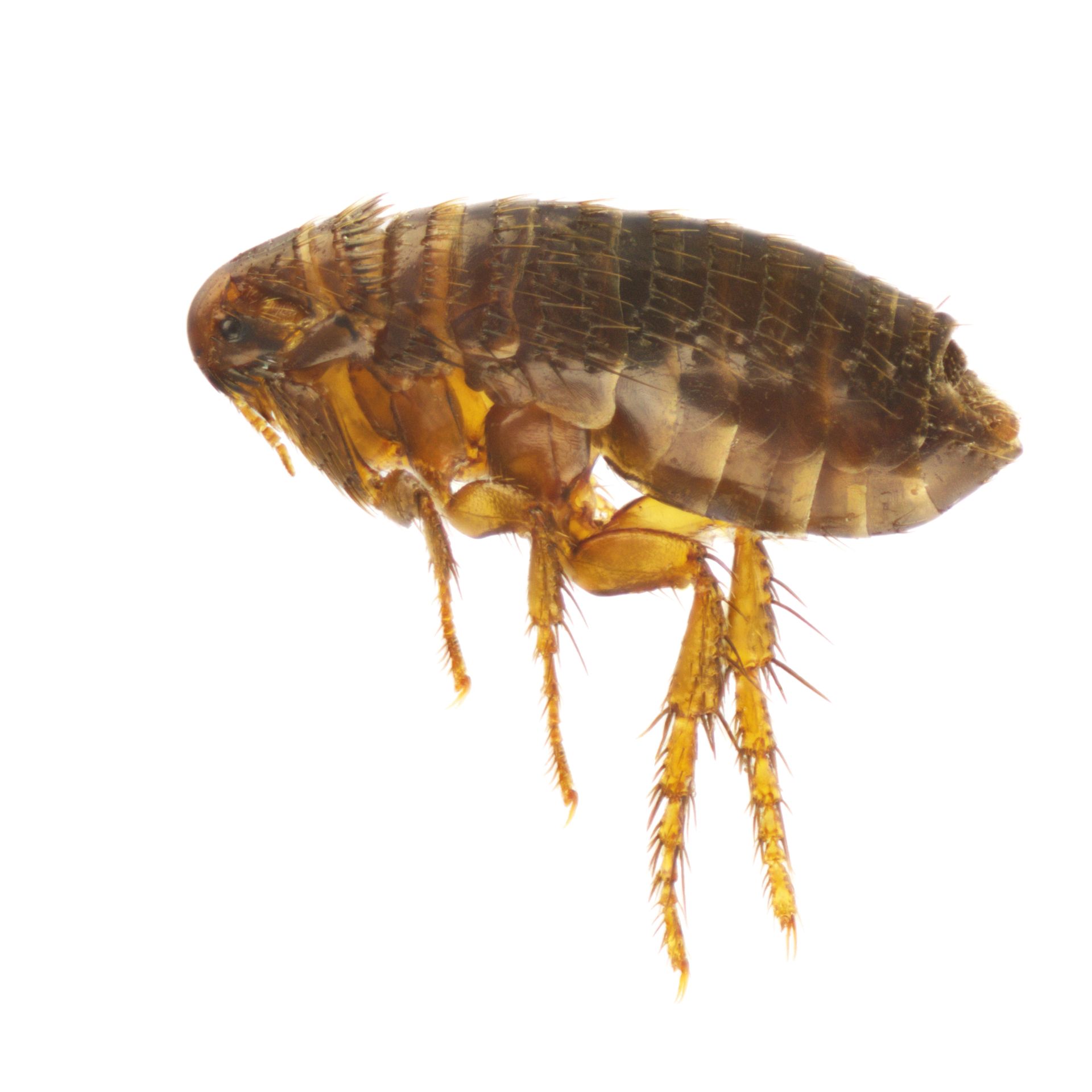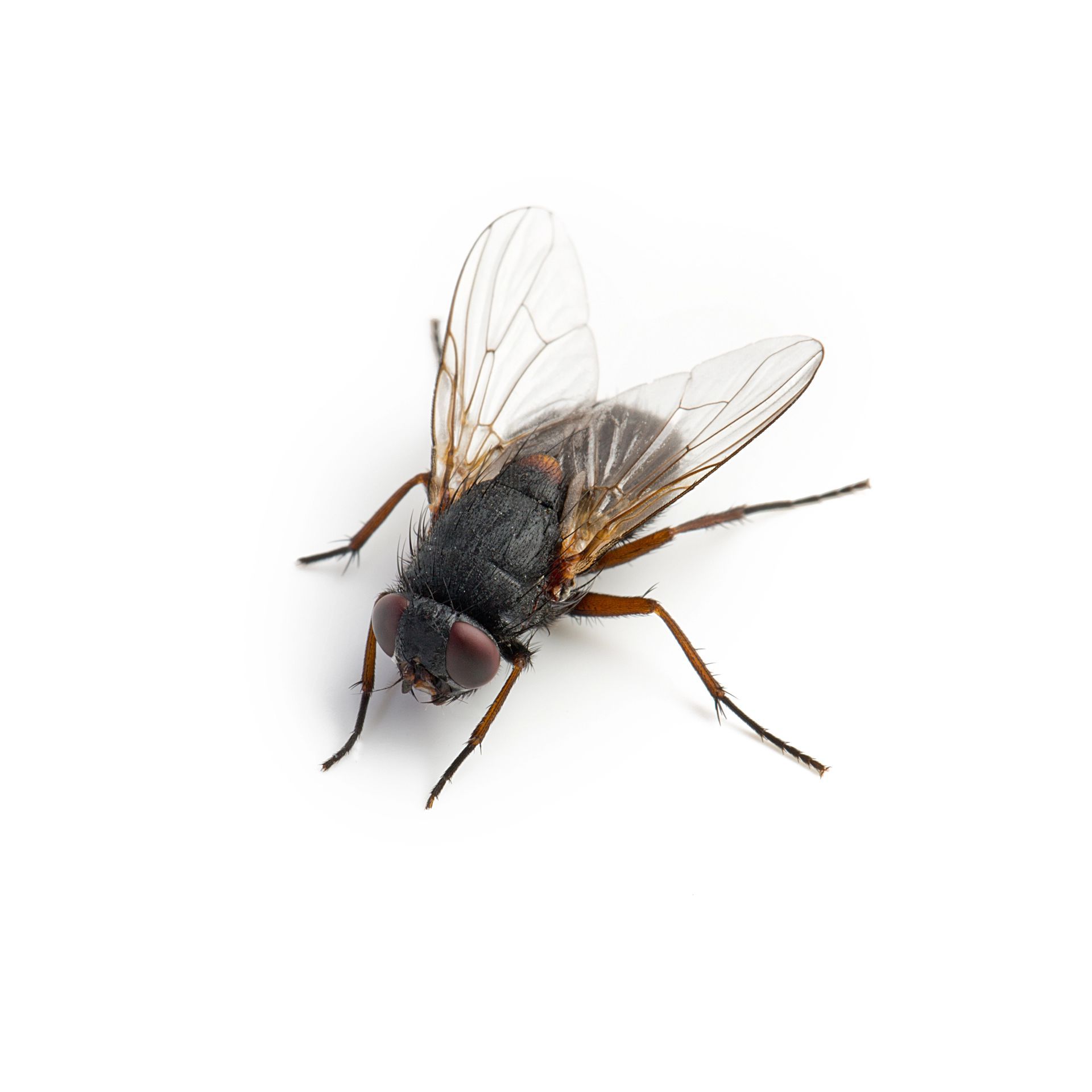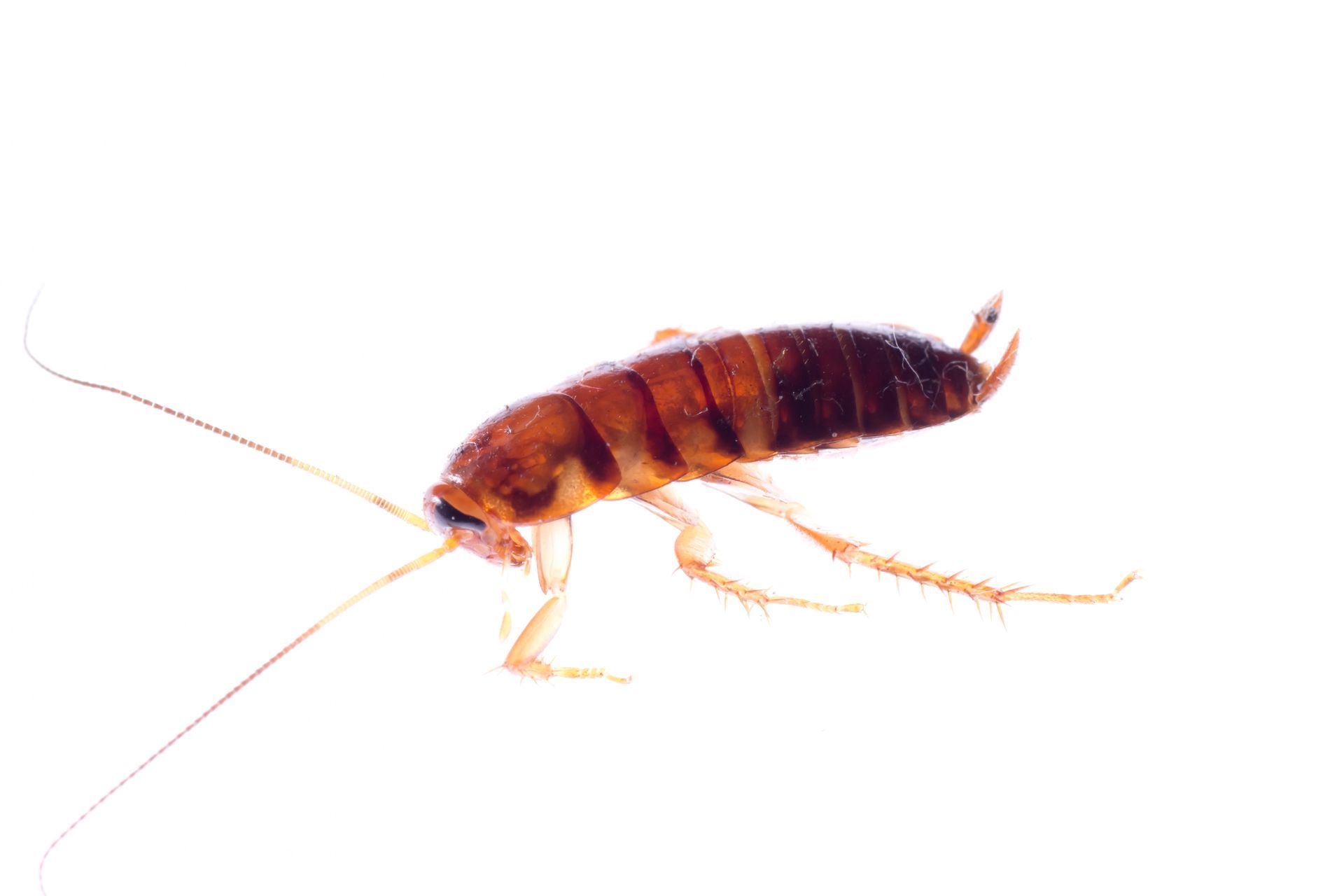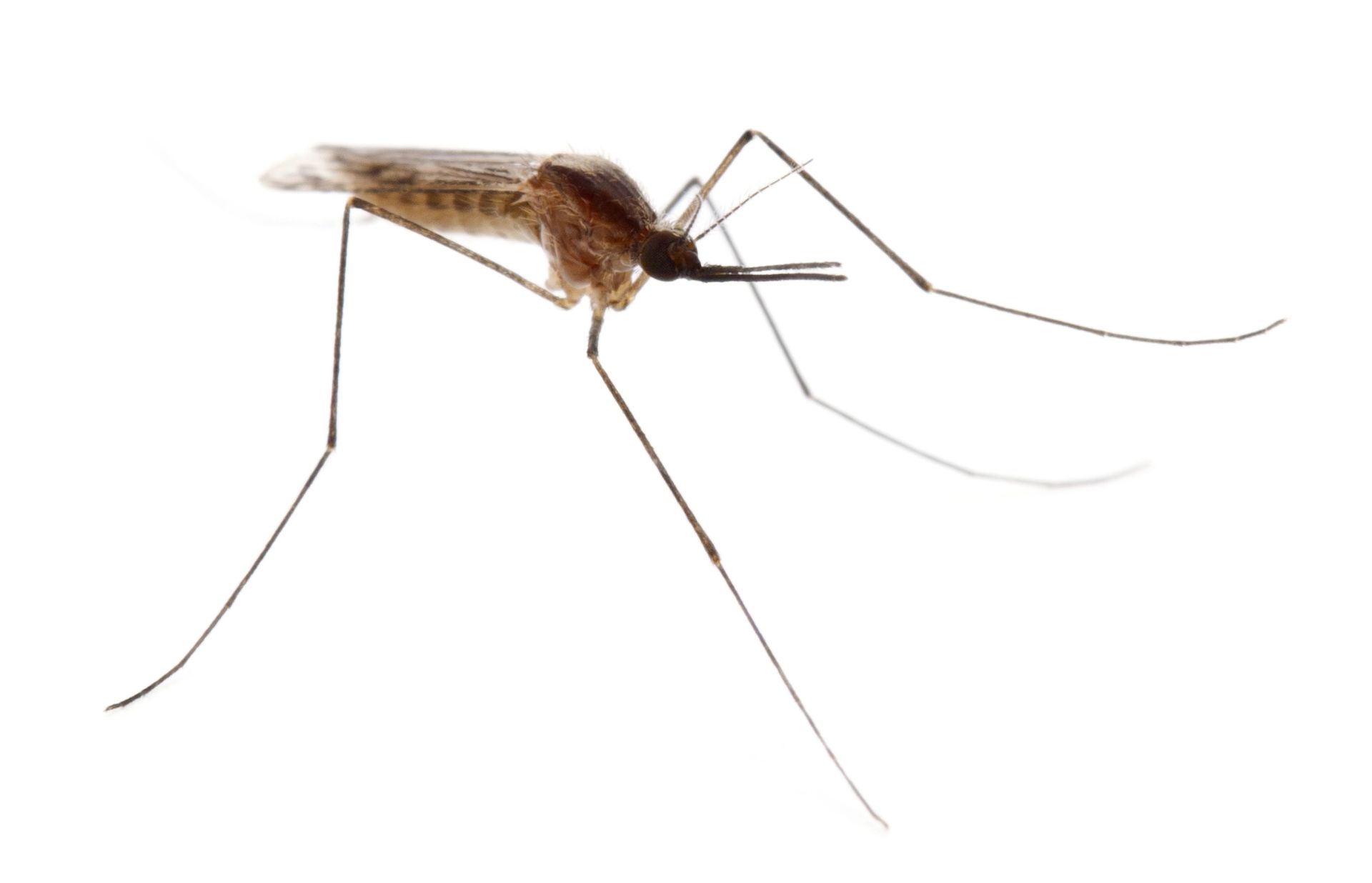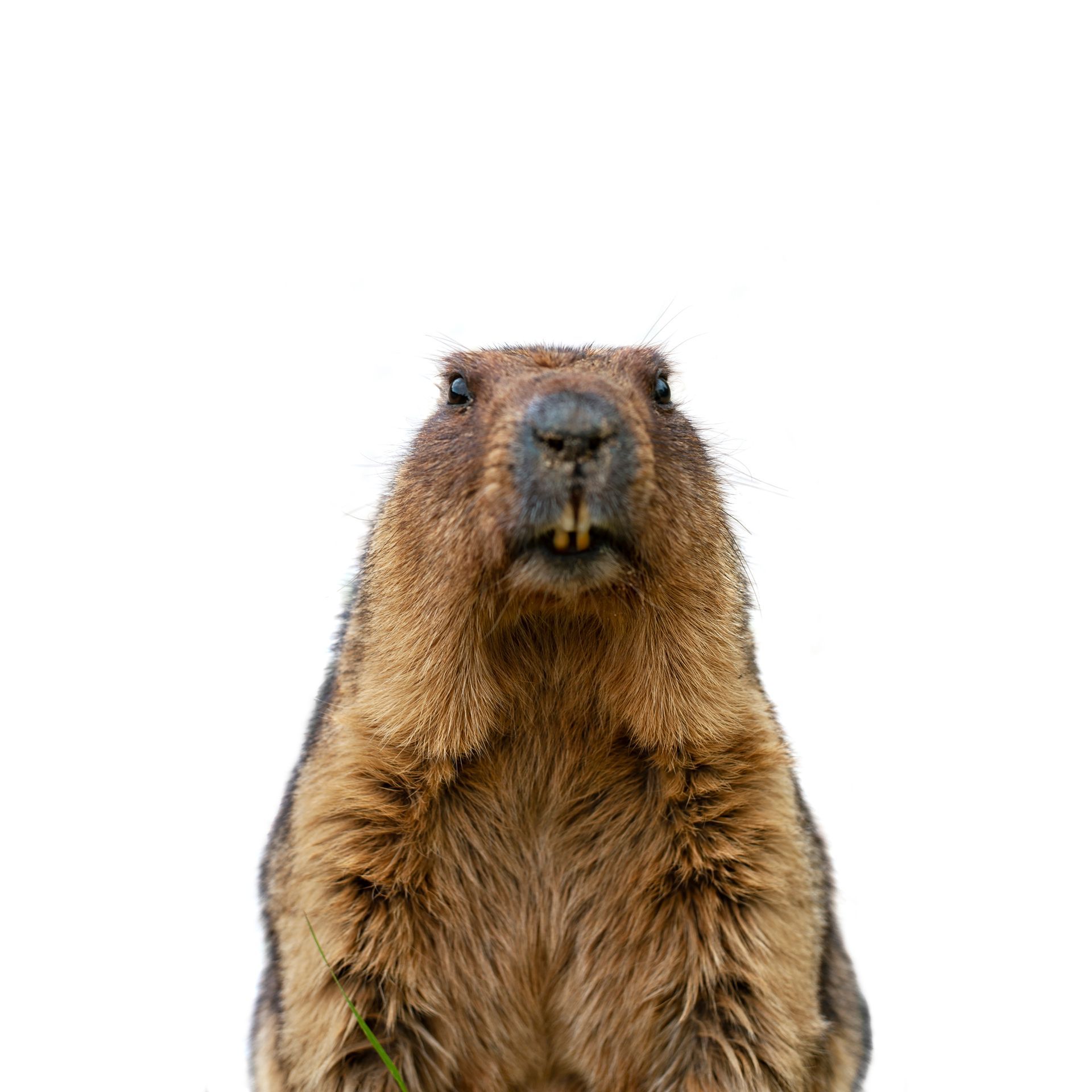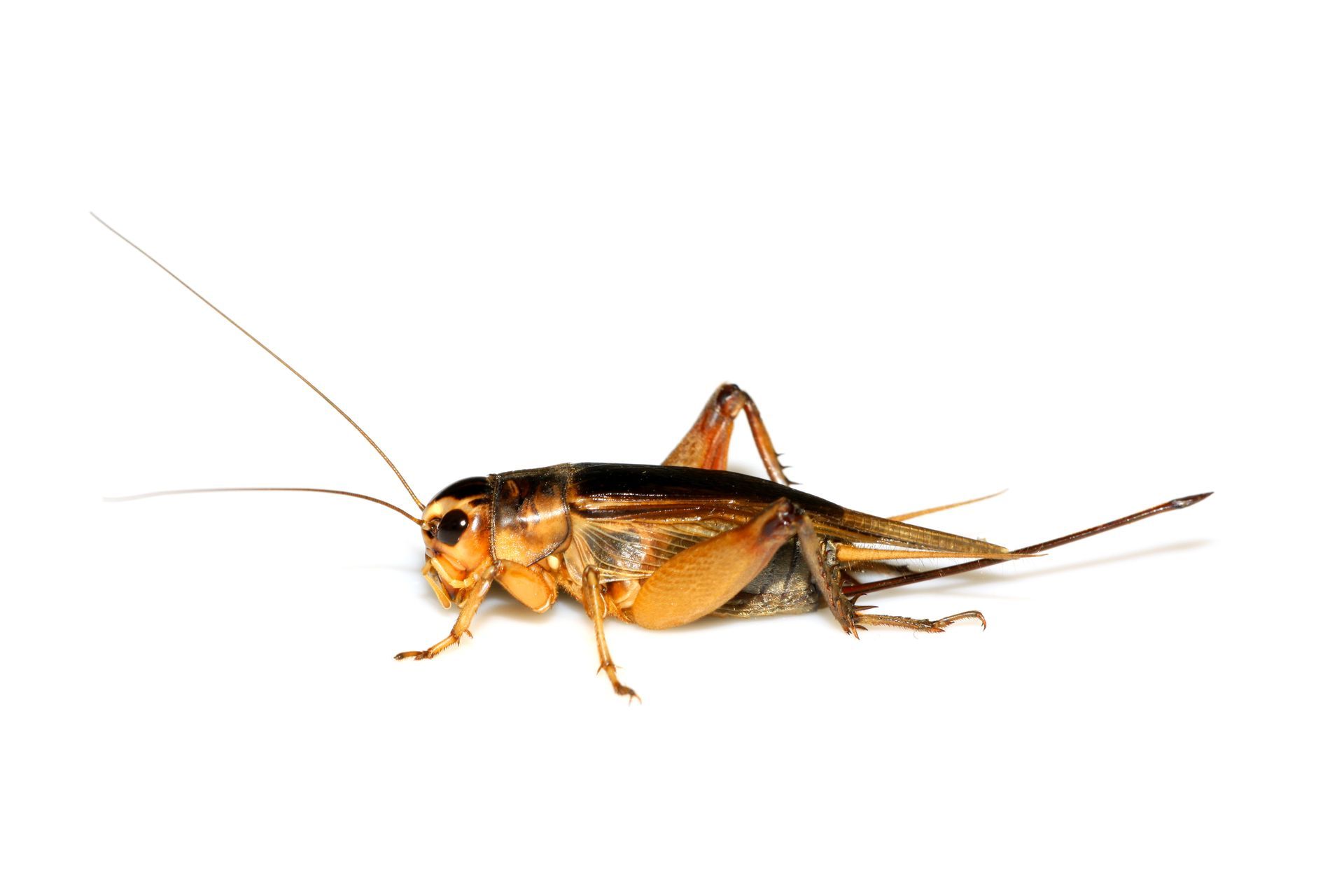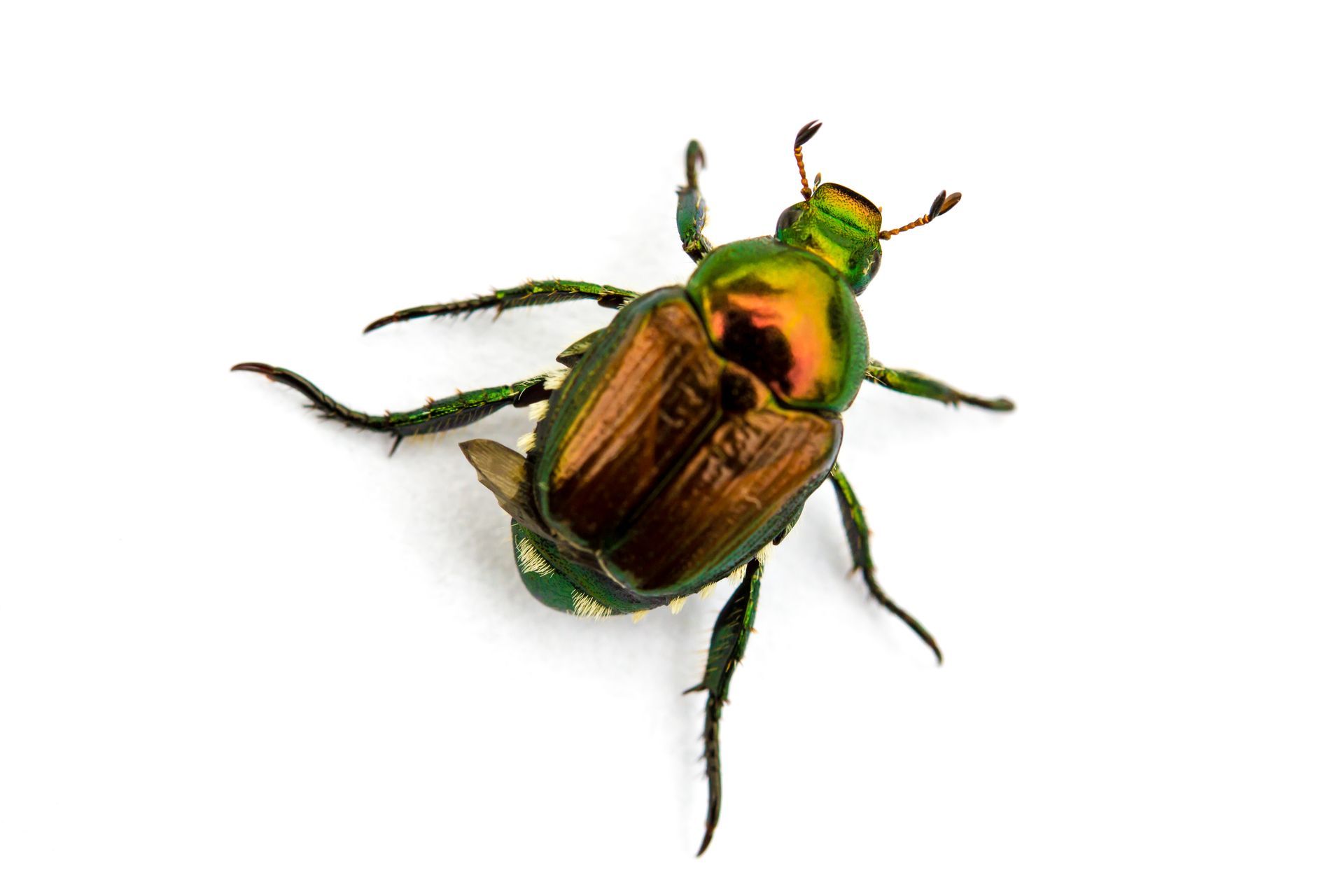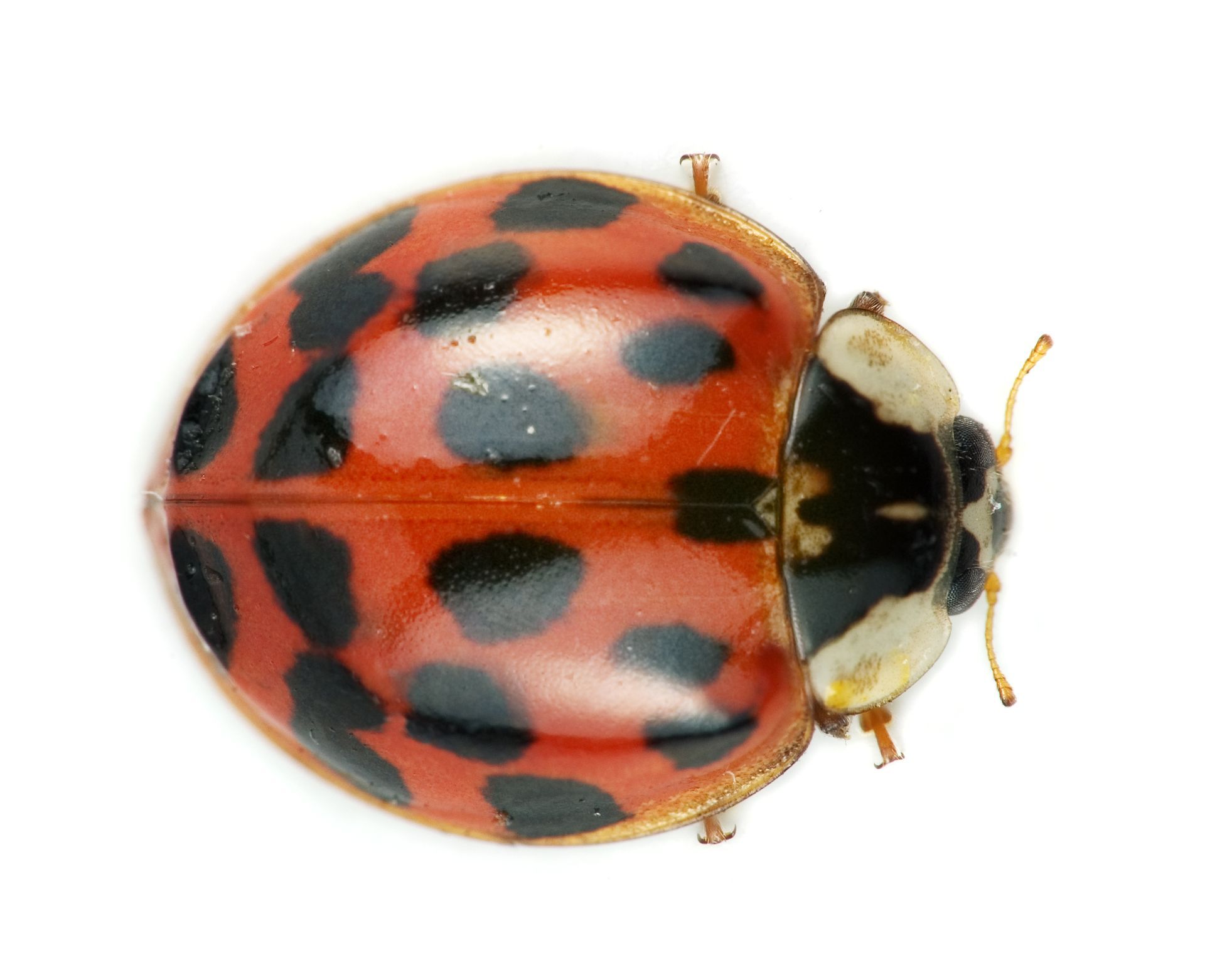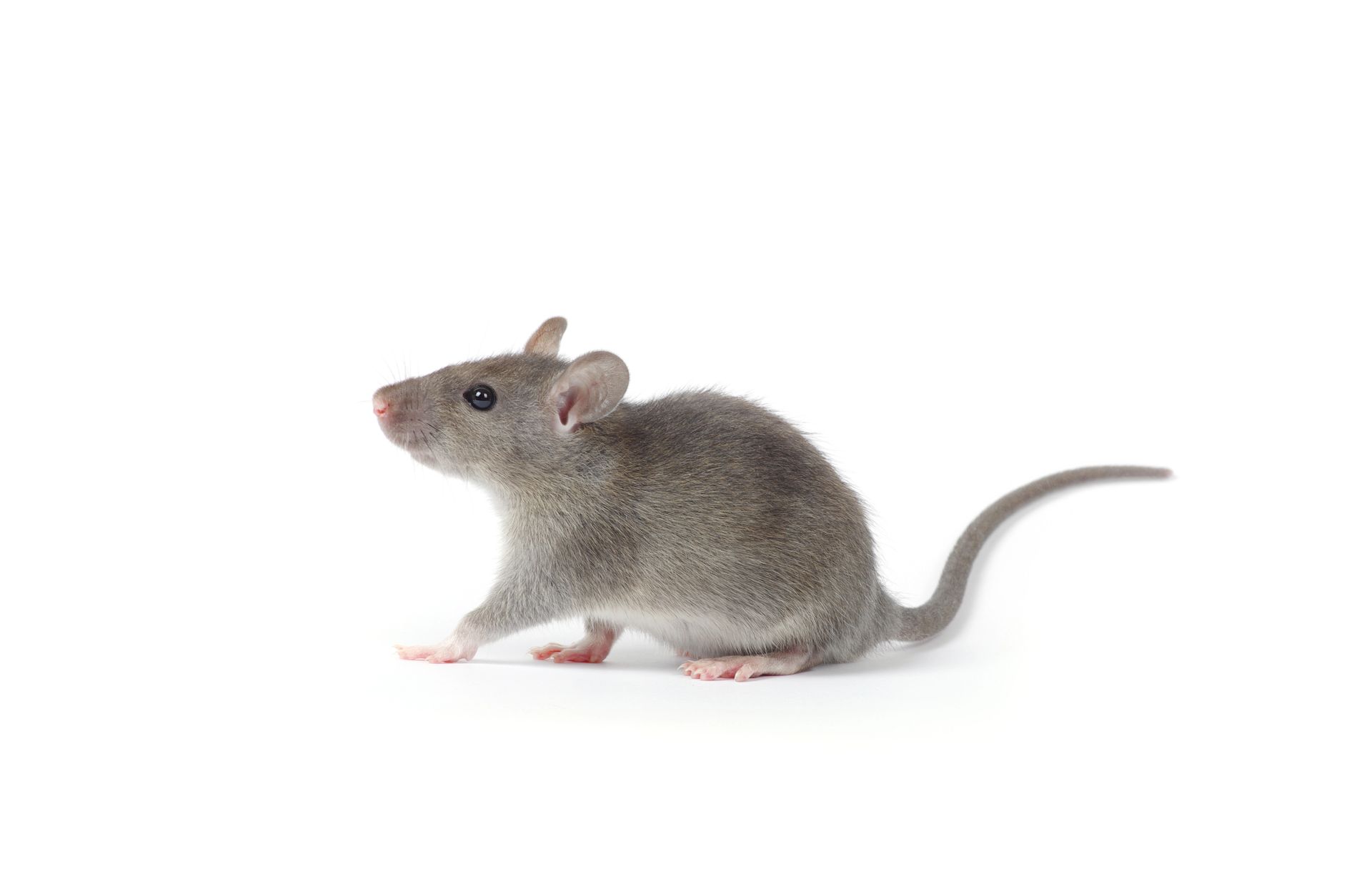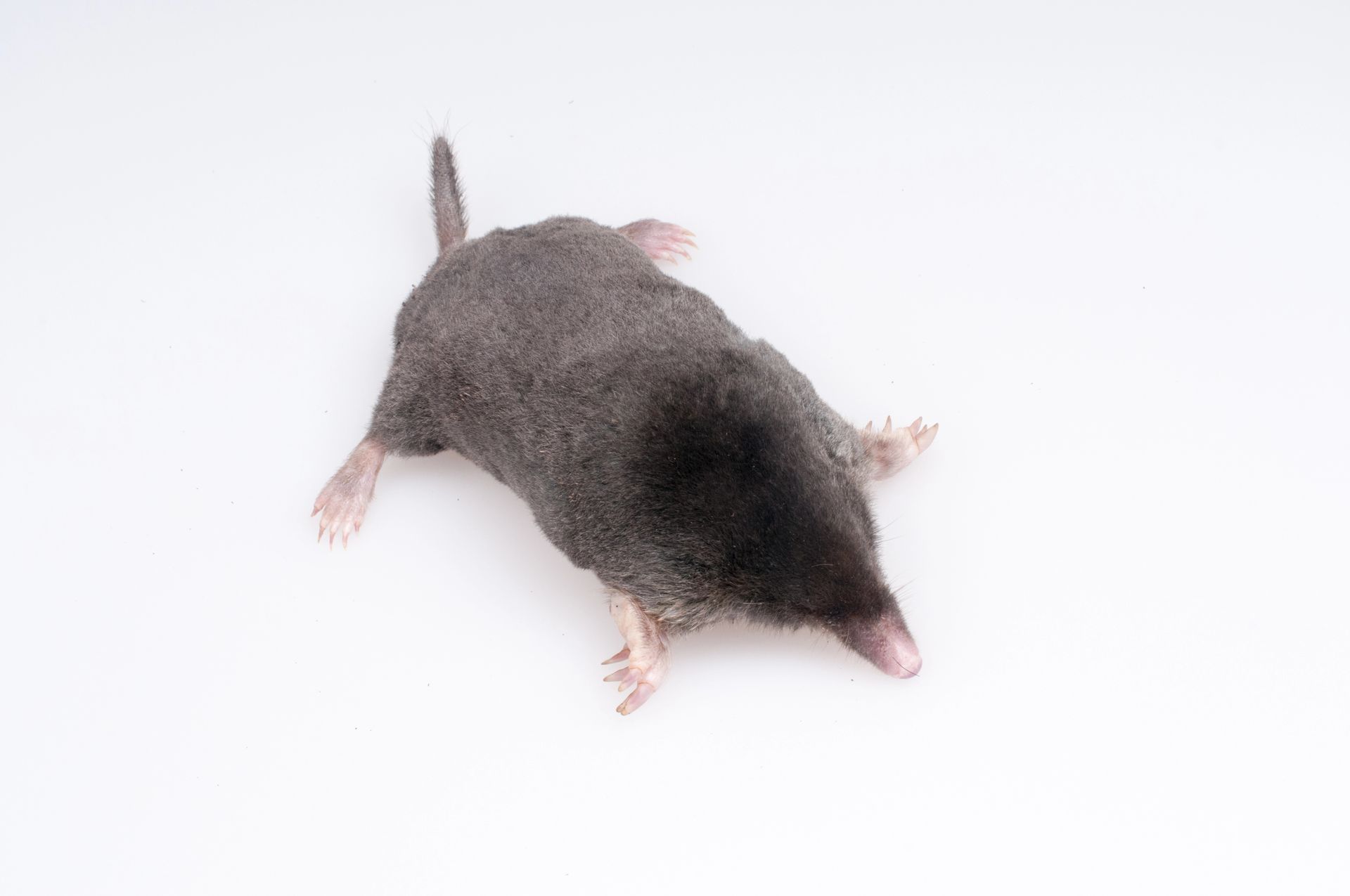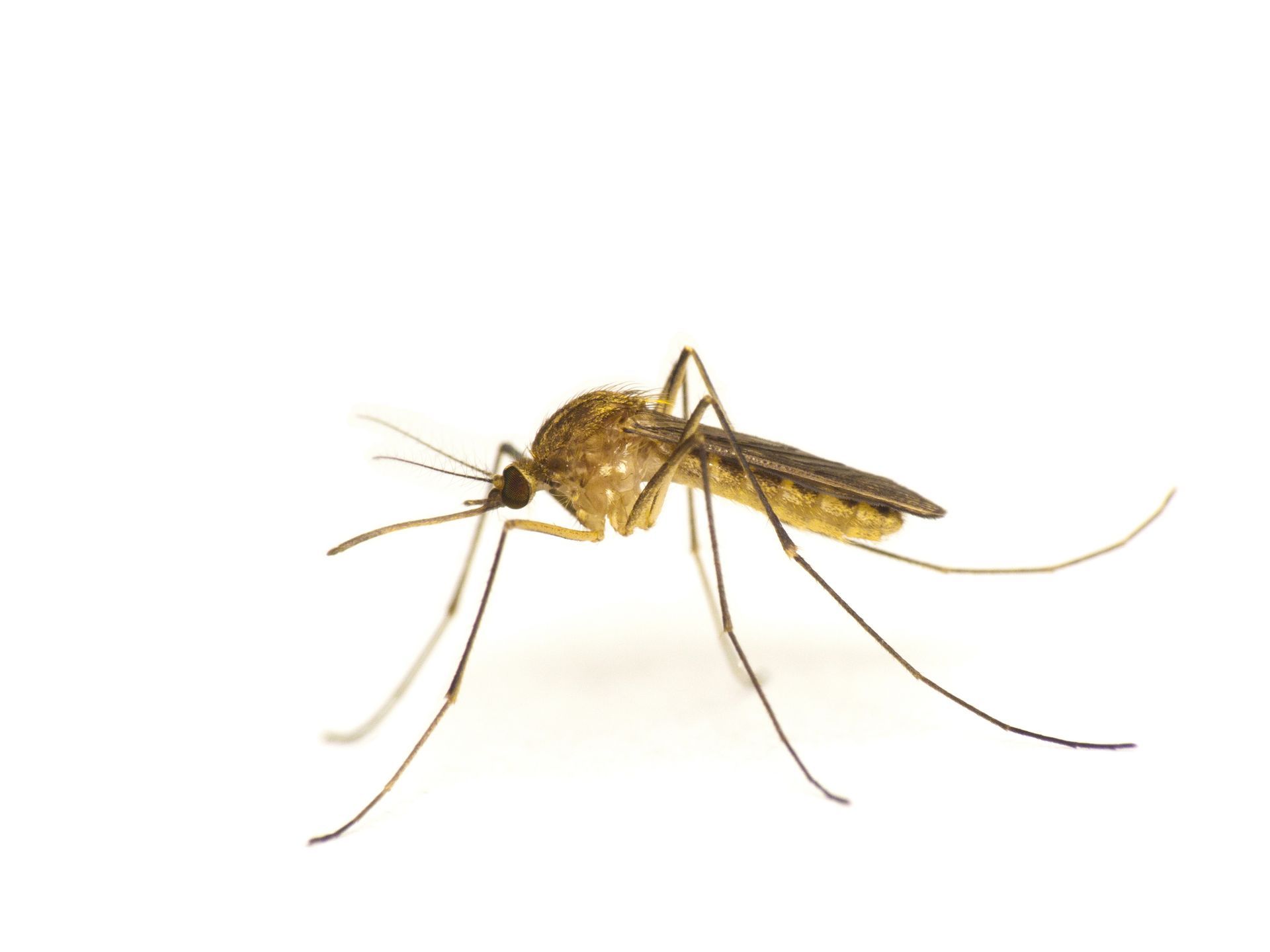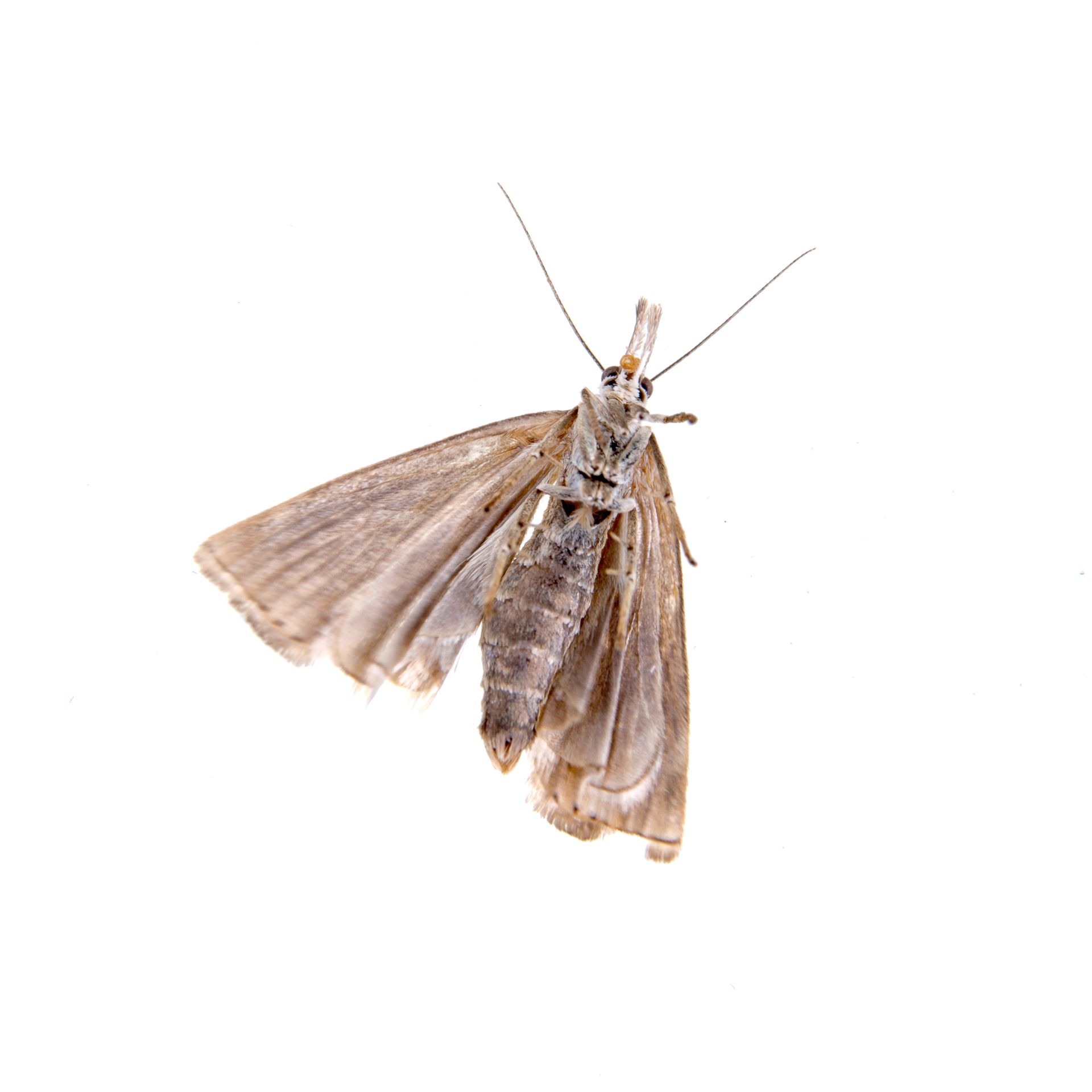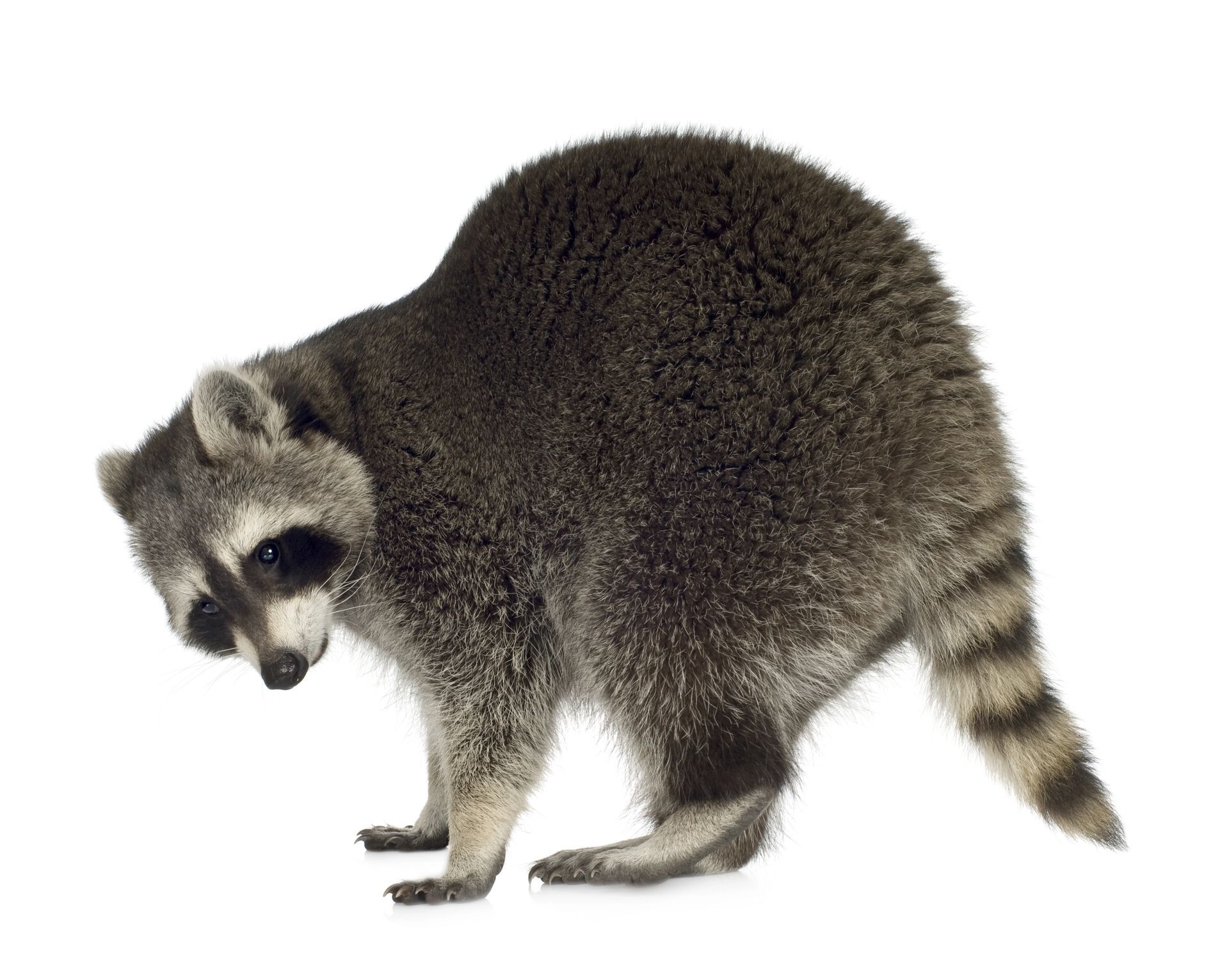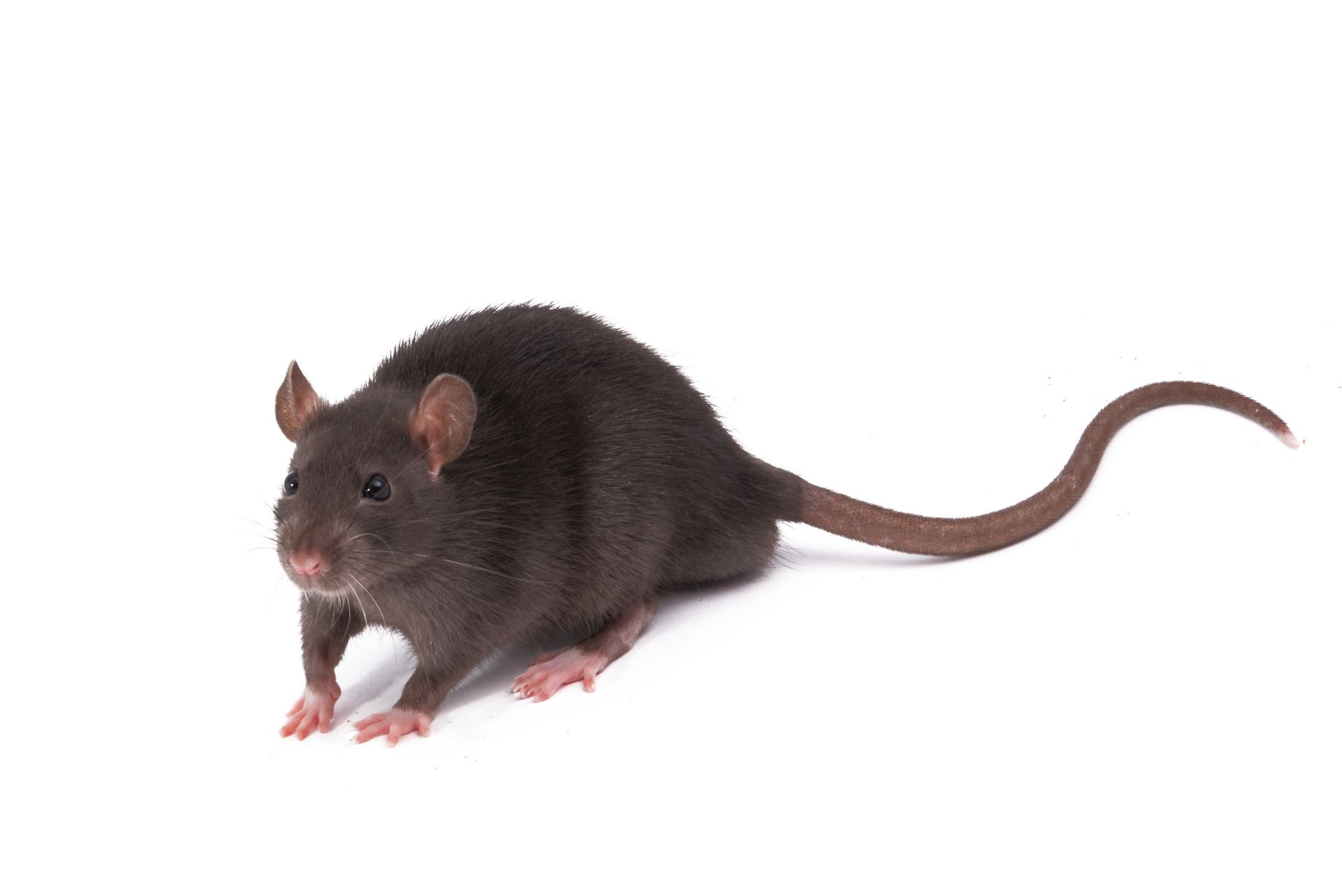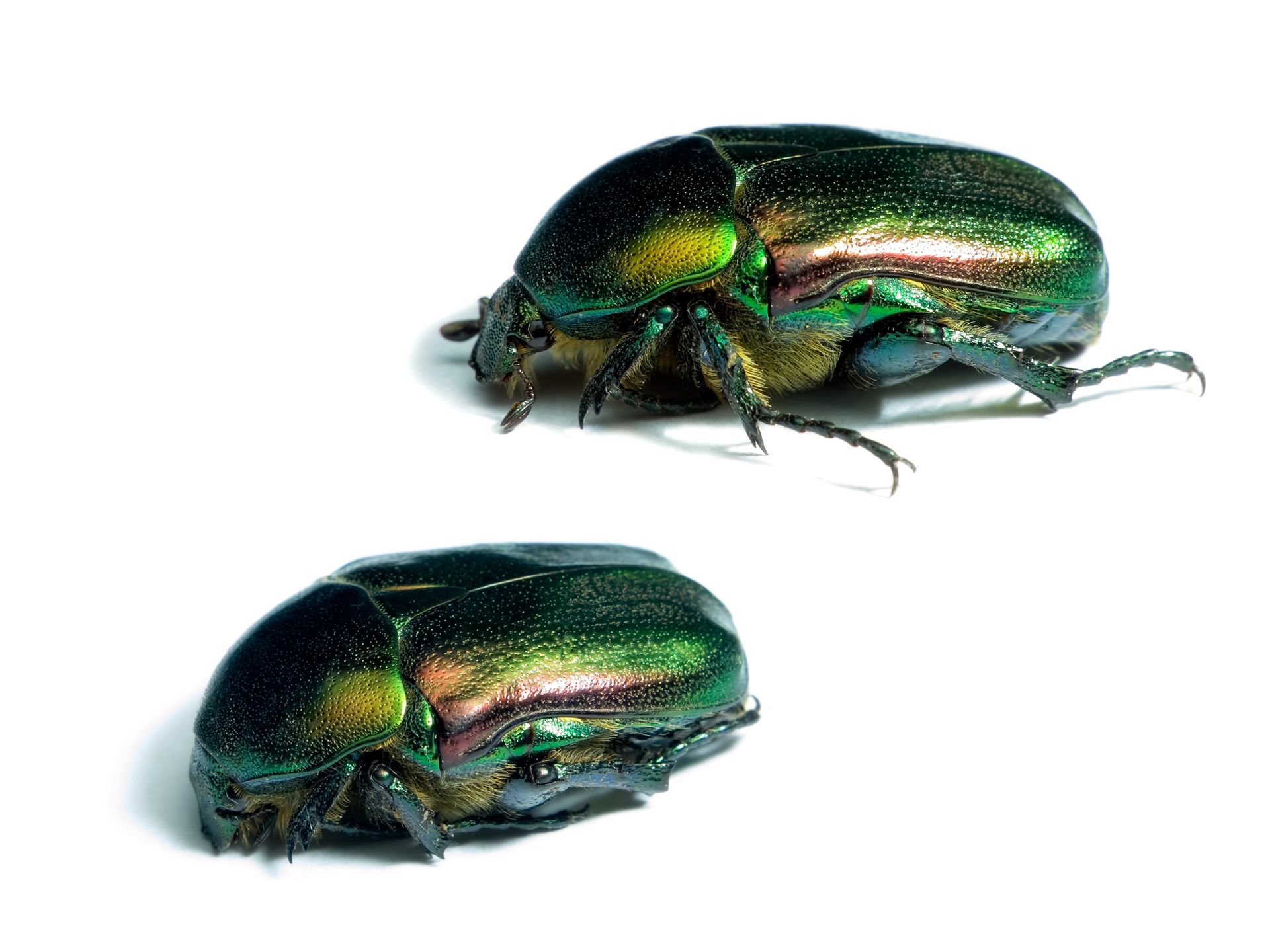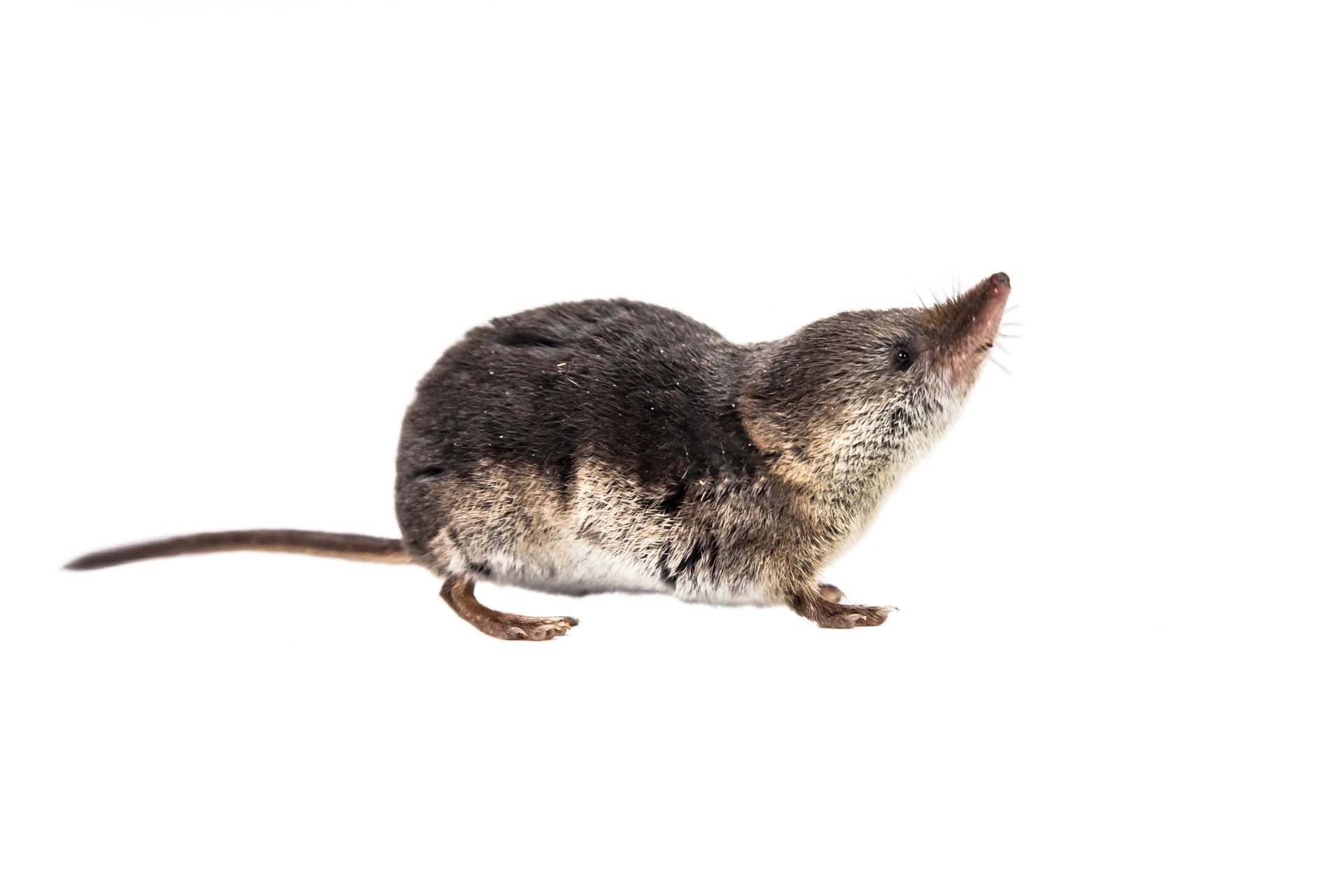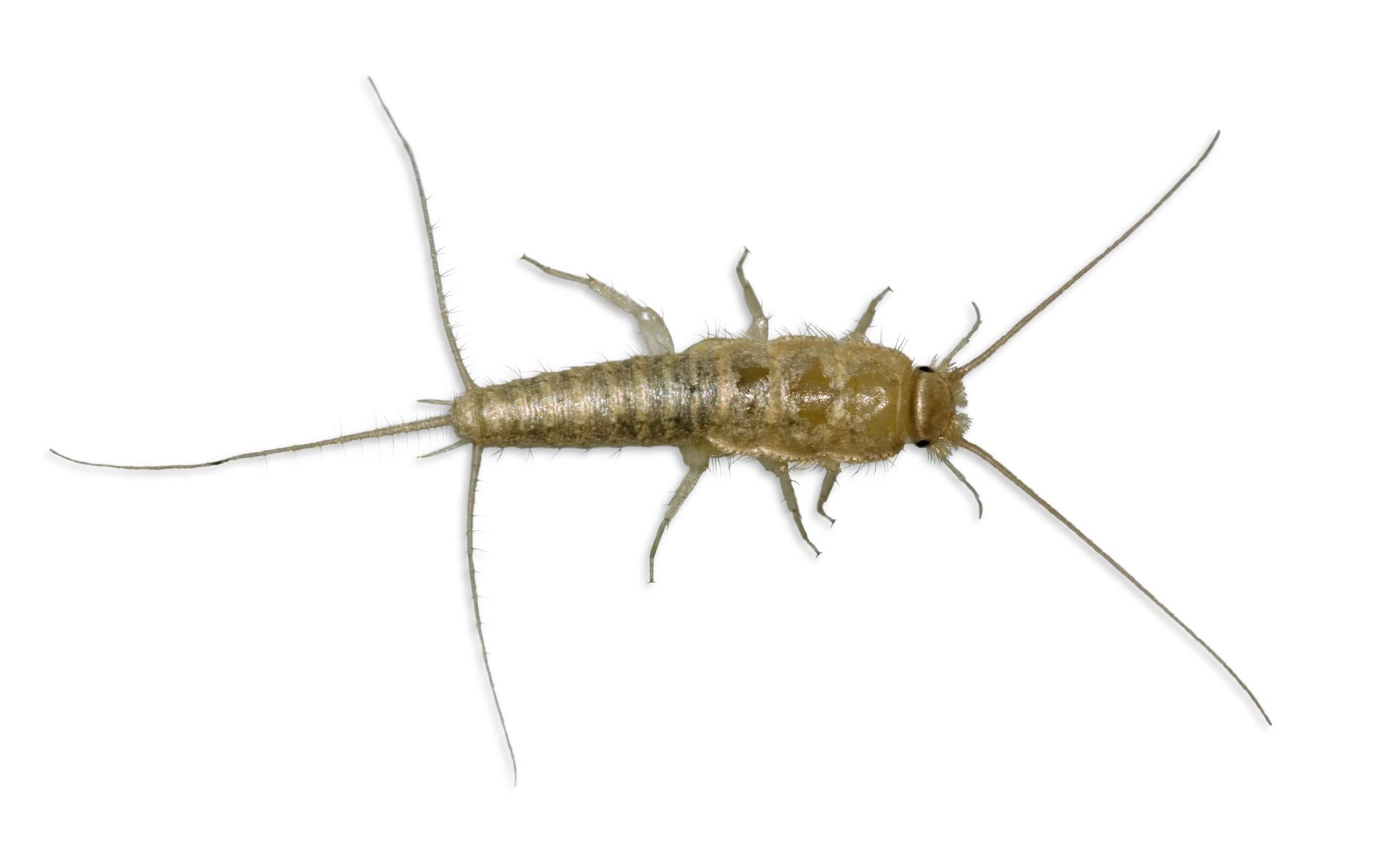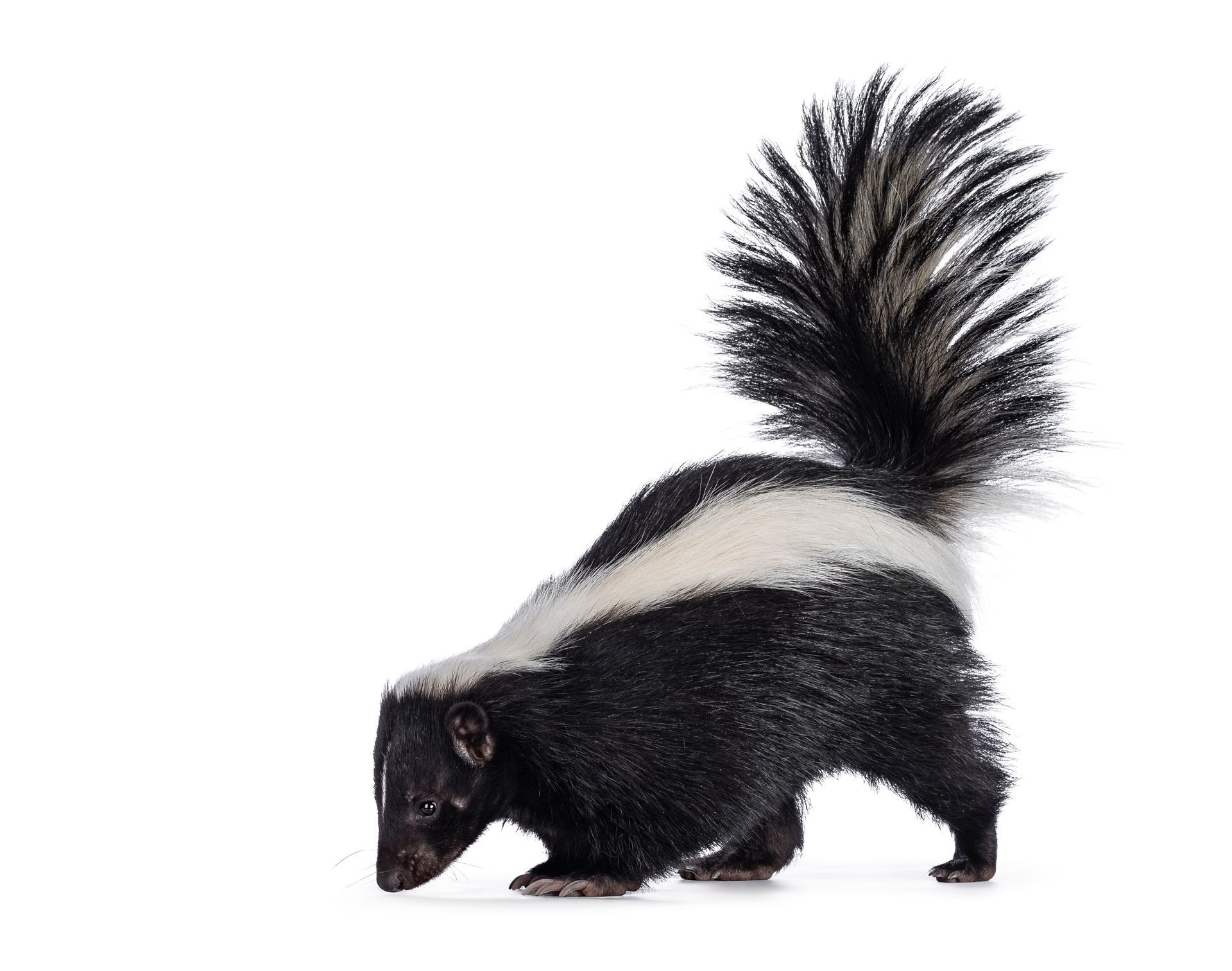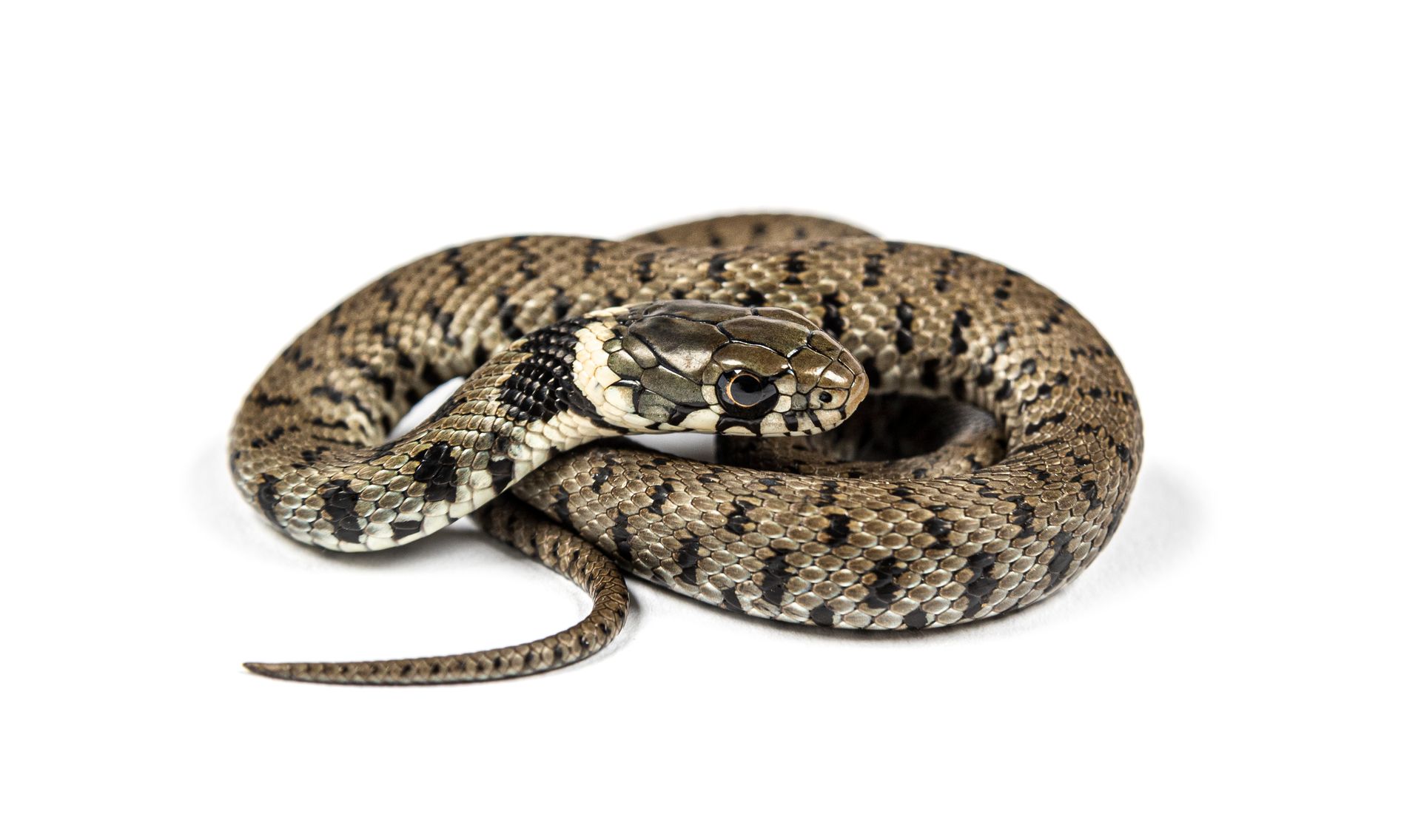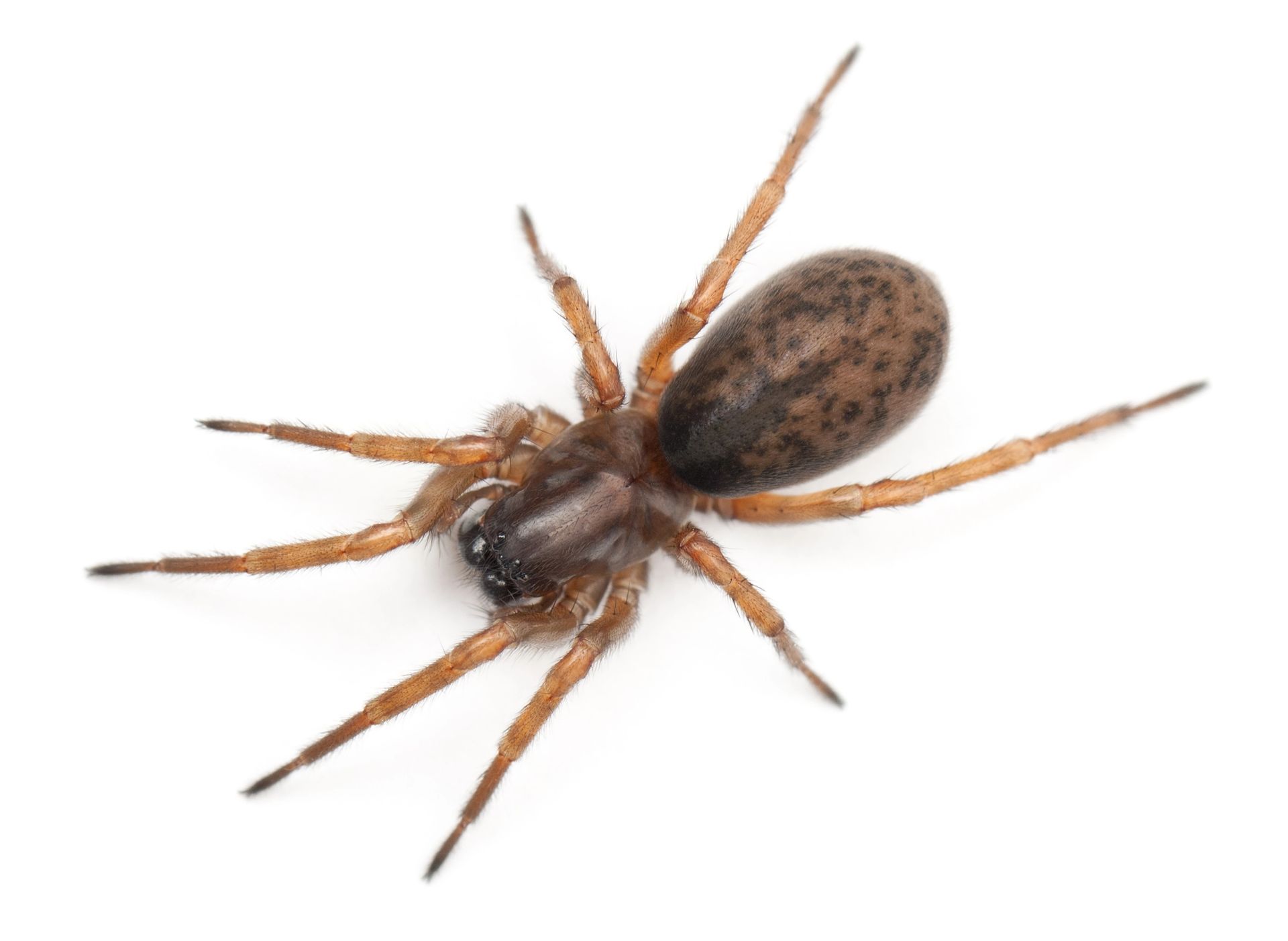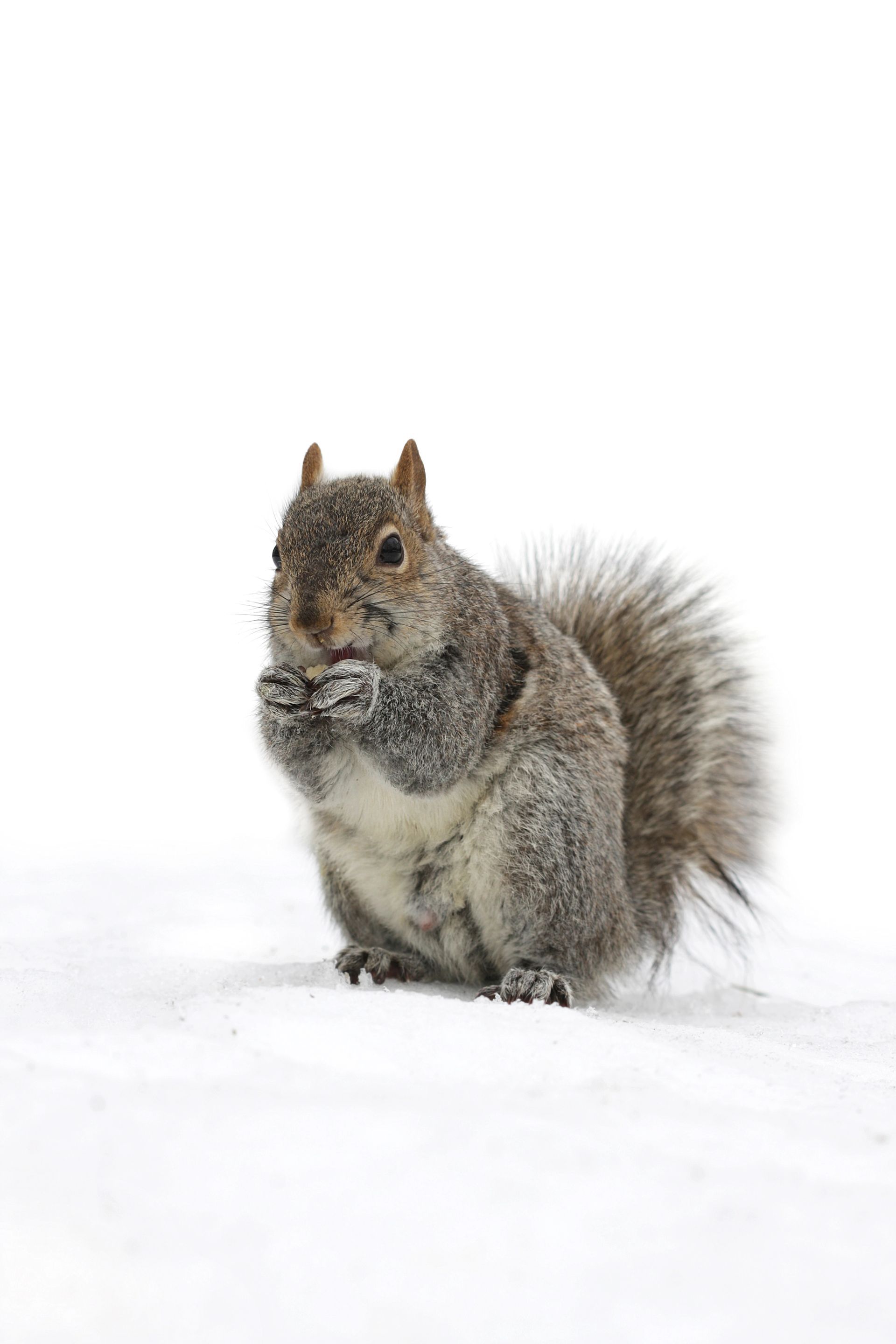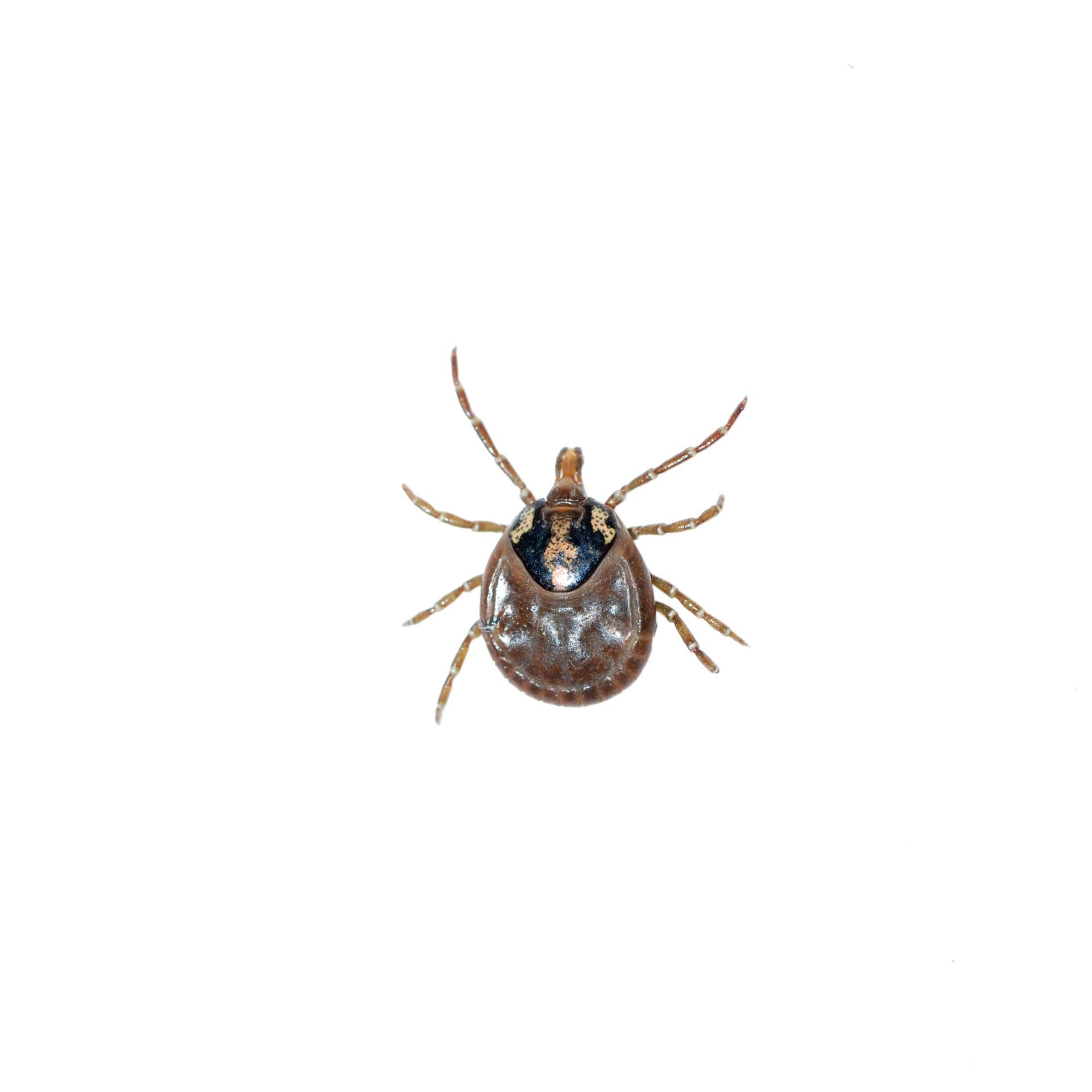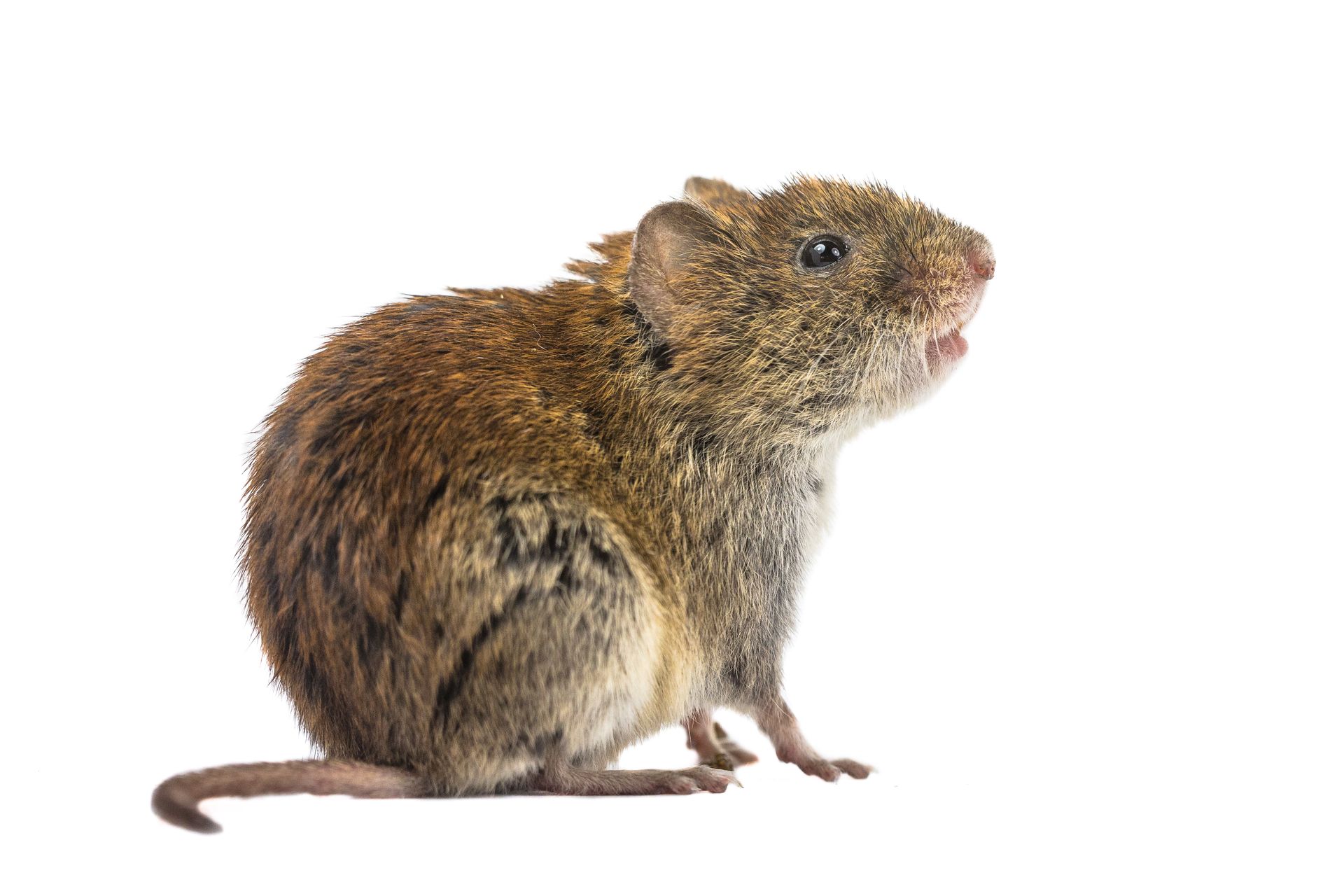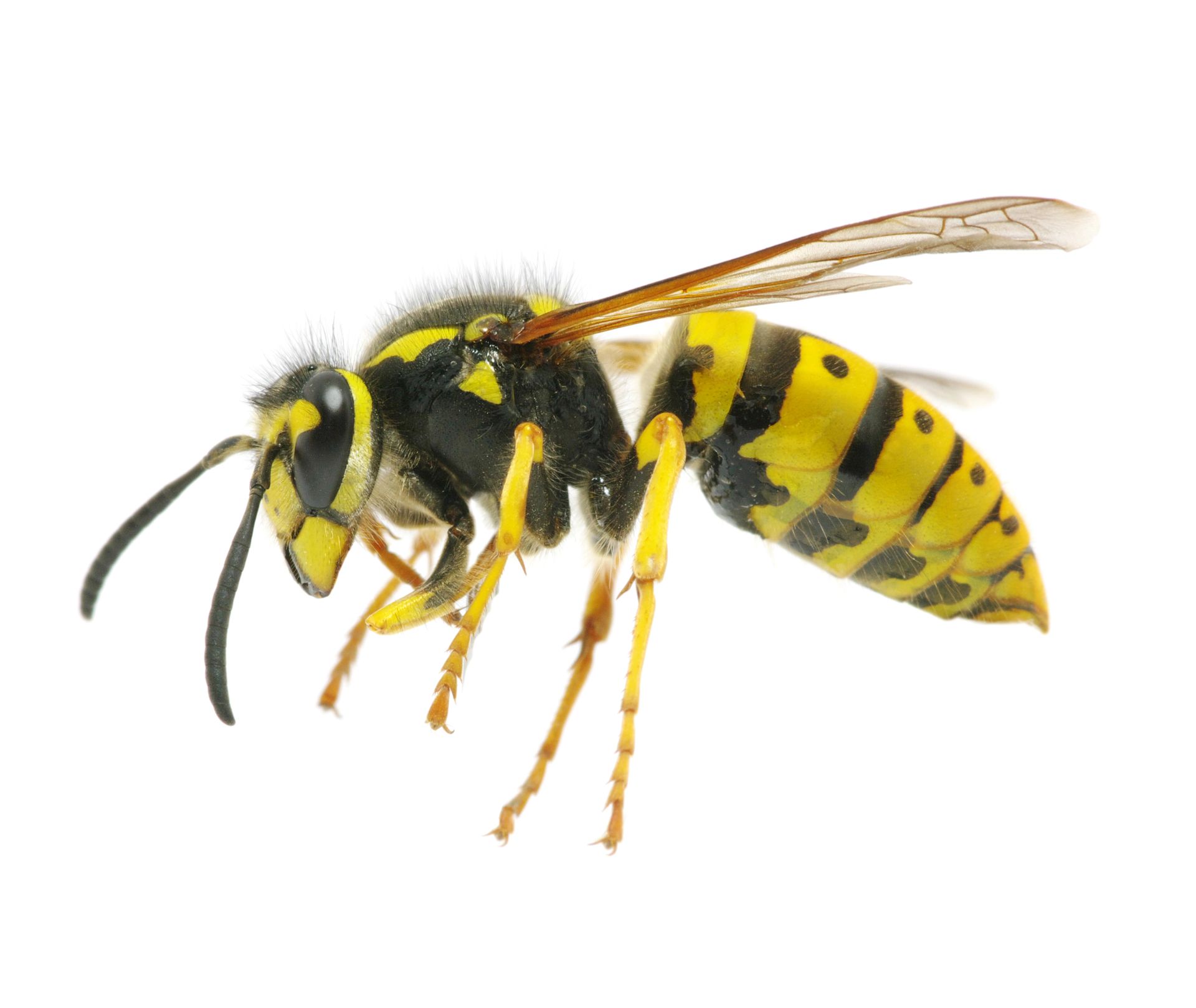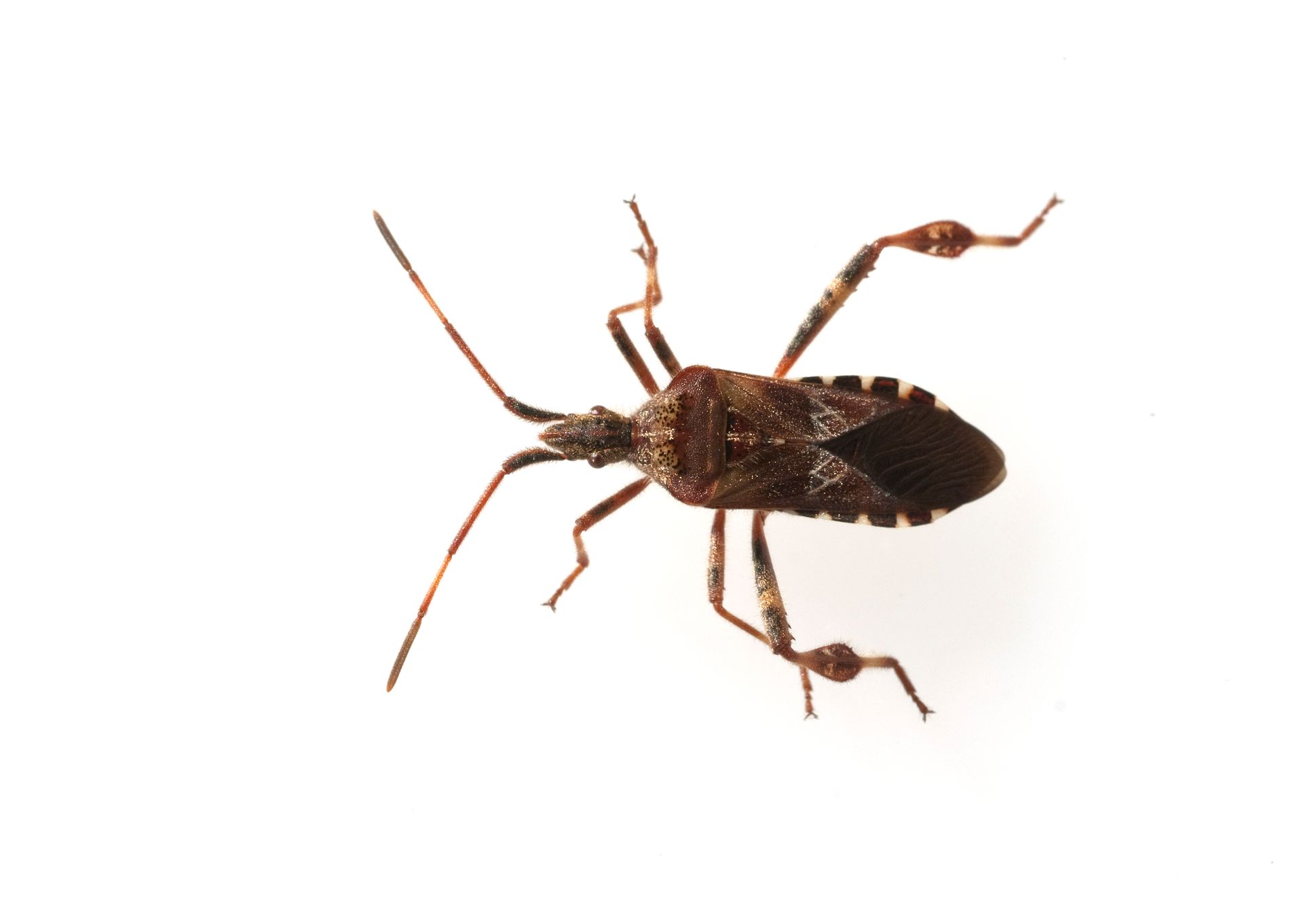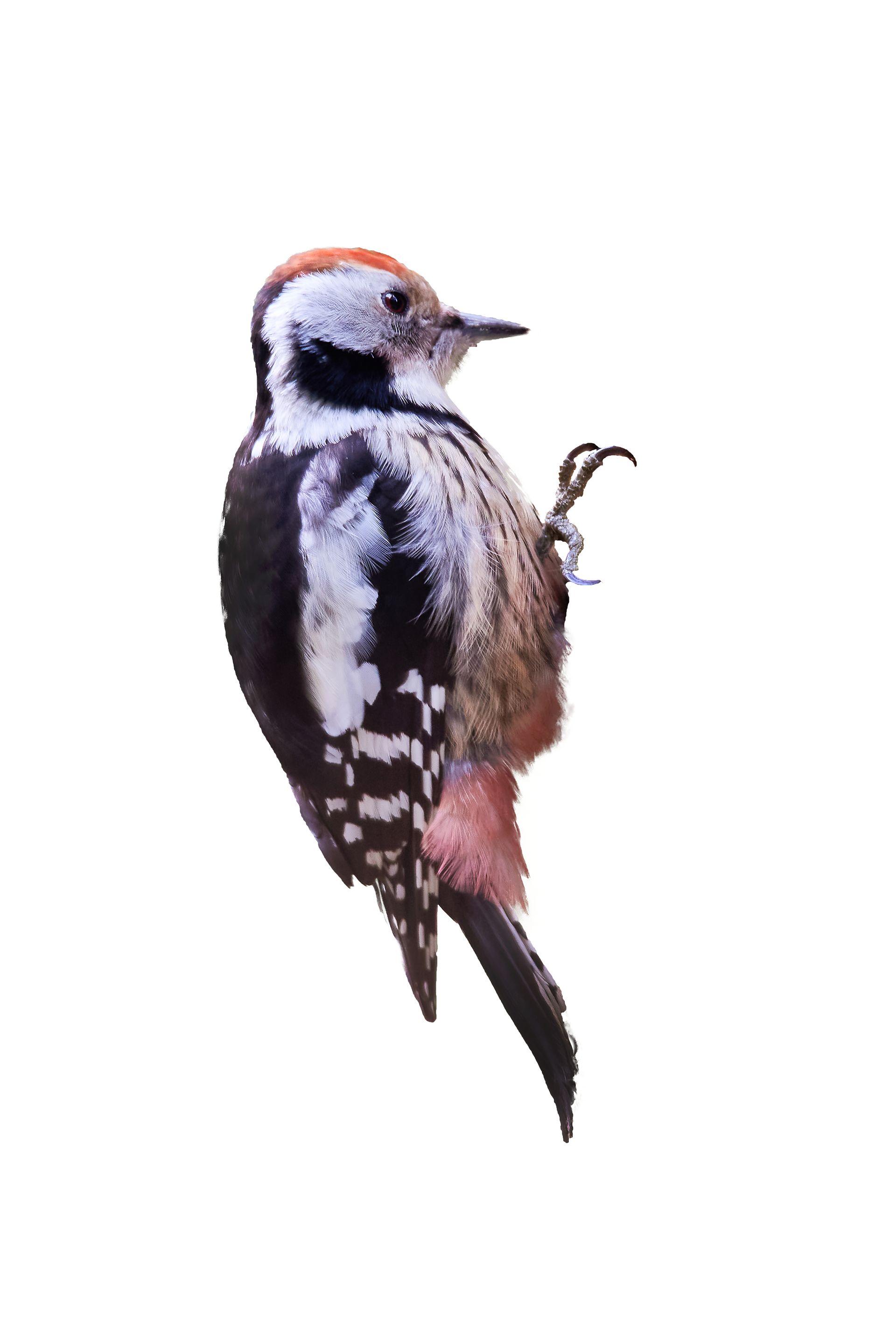Understanding Bats in Wisconsin
Bats play a crucial role in Wisconsin’s ecosystem, primarily by controlling insect populations, including those of mosquitoes and agricultural pests. However, when bats enter homes and buildings, they can become unwelcome guests due to the health and safety risks they pose. Understanding the behavior of bats in Wisconsin, their typical habitats, what attracts them to homes, and why they are unsuitable for residential or commercial environments is essential for effective bat management.
Types of Bats Found in Wisconsin
Wisconsin is home to several species of bats, with the most common being the Little Brown Bat and the Big Brown Bat. These species are typically found roosting in:
Natural Habitats:
Caves and Mines: Many bats hibernate in caves and mines where temperatures remain constant and humidity levels are suitable.
Trees and Woodlands: During warmer months, bats roost in trees, under bark, or in other natural shelters.
Urban and Suburban Areas:
Attics and Eaves: Bats often find attics and eaves of houses ideal for roosting due to their warmth and protection from predators.
Barns and Outbuildings: These structures provide sheltered spaces that are appealing to bats looking for a quiet place to roost.
Attractions in Homes and Buildings
Bats are attracted to homes and buildings for several reasons:
Shelter: Attics, barns, and unused chimneys provide safe havens for bats, particularly for maternity colonies where females gather to give birth and rear their young.
Warmth: Bats seek out warm places to roost, especially during breeding season and when raising young.
Access Points: Small openings or gaps as little as 3/8 inch wide, such as loose tiles, broken windows, or gaps in siding, can be entry points for bats.
Why Bats Are Not Suitable for Homes and Buildings
While bats are beneficial for natural pest control, their presence in homes and buildings is undesirable for several reasons:
Health Risks:
Diseases: Bats are known carriers of diseases, including rabies, which can be transmitted to humans and pets through bites or scratches.
Histoplasmosis: Bat droppings, or guano, can harbor the fungus that causes histoplasmosis, a respiratory disease that can be particularly severe in people with compromised immune systems.
Structural Damage:
Guano and Urine: Accumulation of guano and urine can damage wood, corrode metal, and ruin insulation, leading to costly repairs.
Odor and Stains: Guano produces a strong, unpleasant odor and can cause staining on walls and ceilings.
Noise and Odor:
Nocturnal Activity: Bats are active at night, and the noise from their fluttering and chirping can be disturbing, especially in quiet hours.
Persistent Odors: The smell from bat guano and urine can permeate through a building, creating an unpleasant living or working environment.
Prevention and Control
Managing bat populations in homes and buildings involves:
Exclusion Techniques: Sealing entry points after ensuring that no bats are trapped inside is crucial. Professional bat exclusion involves installing one-way doors during non-maternity seasons to allow bats to leave but not return.
Habitat Modification: Encouraging bats to stay away from homes by providing alternative habitats, such as bat houses, can help redirect them from entering buildings.
Professional Removal: Due to the health risks associated with handling bats and the legal protections afforded to them, professional removal is often necessary. Experts can ensure that bats are excluded safely and legally, with consideration for their conservation.
Understanding the habits and needs of bats in Wisconsin is key to preventing unwanted entry into homes and buildings and addressing any issues safely and effectively. If you suspect a bat problem in your property, it's advisable to contact a professional like BugBoss The X-Terminator, who specializes in humane wildlife management and bat exclusion techniques.
Local Pests & Wildlife in Wisconsin

